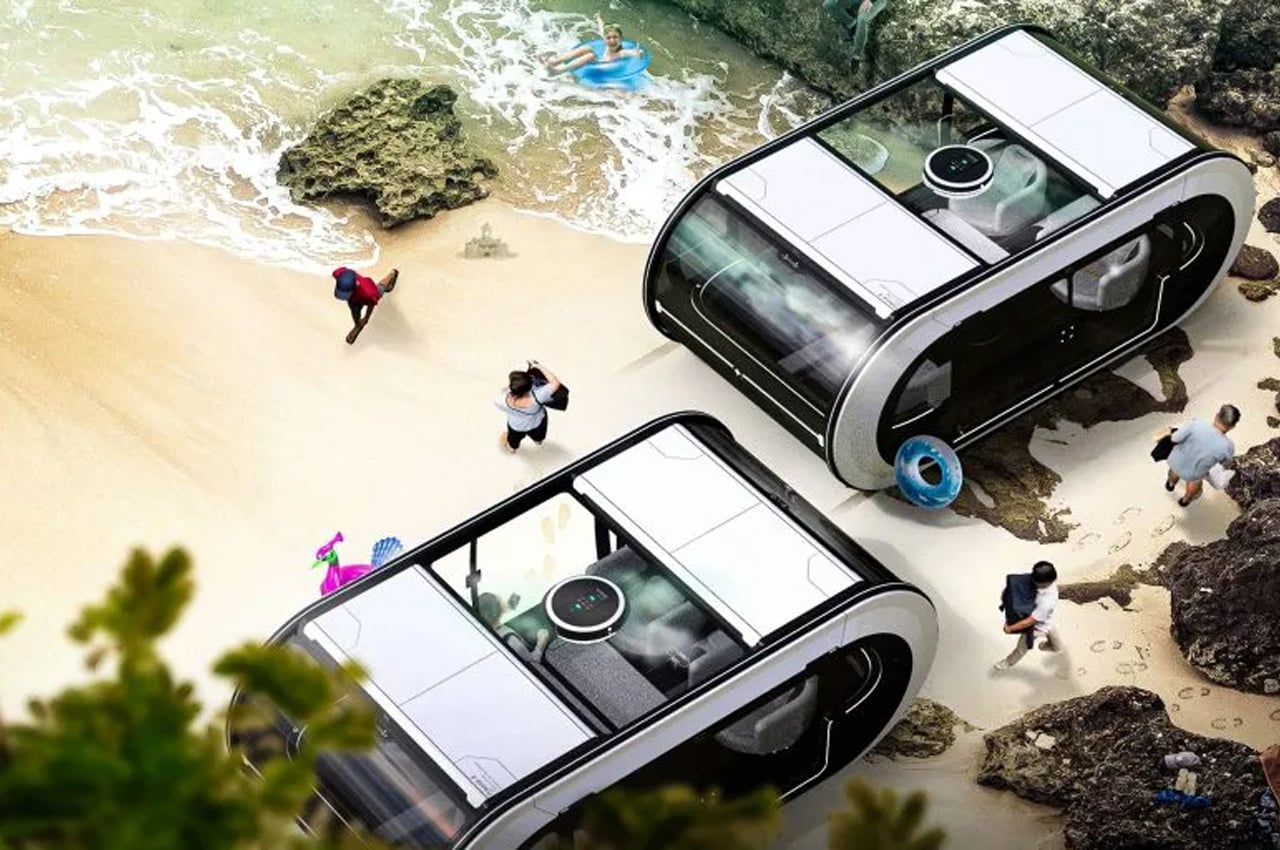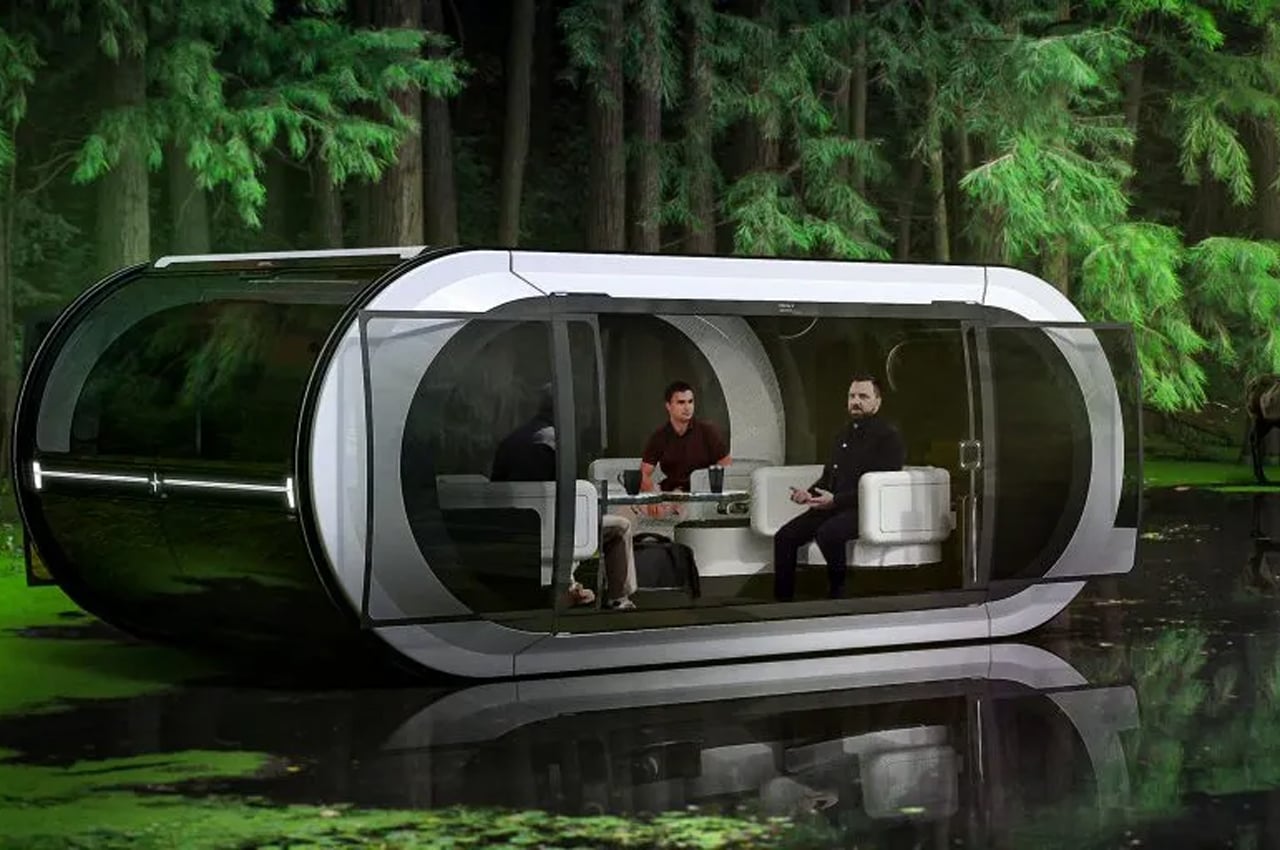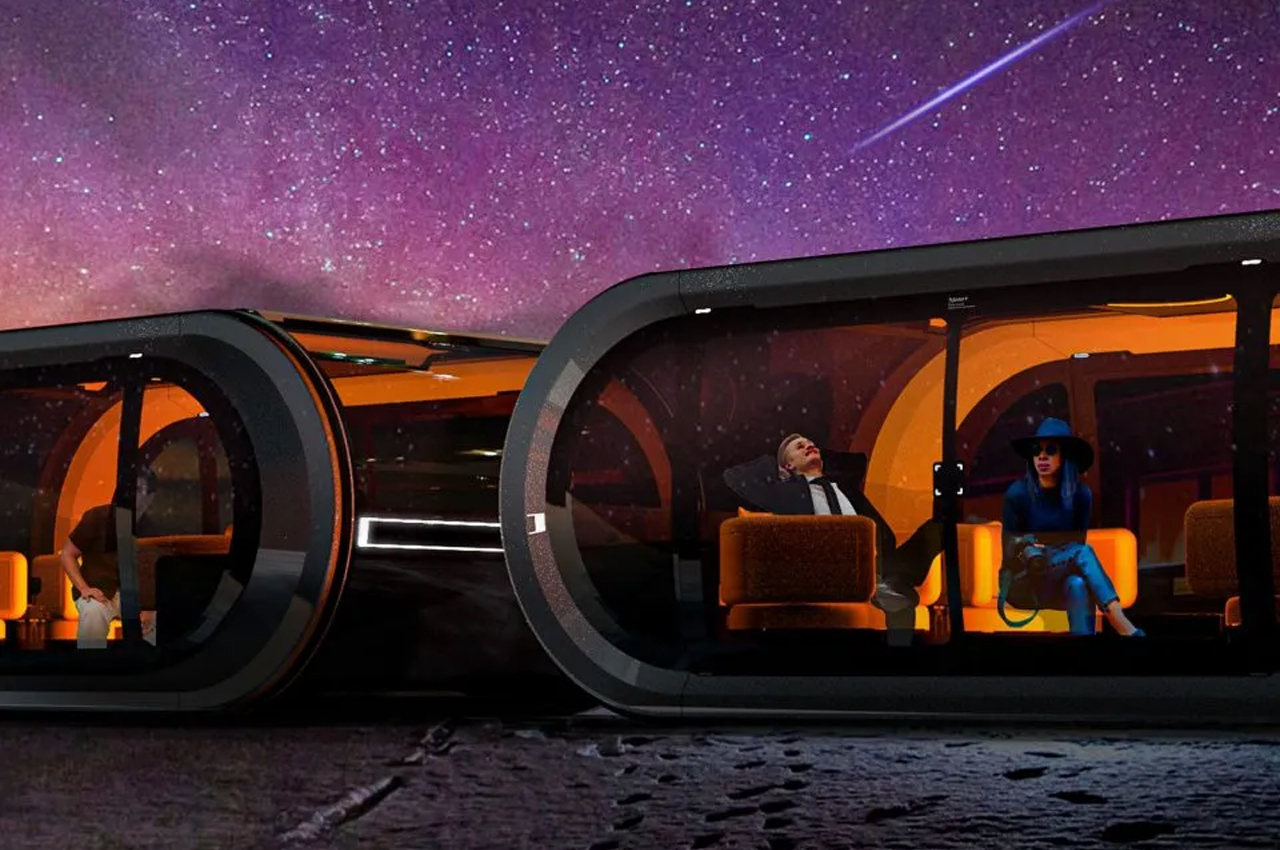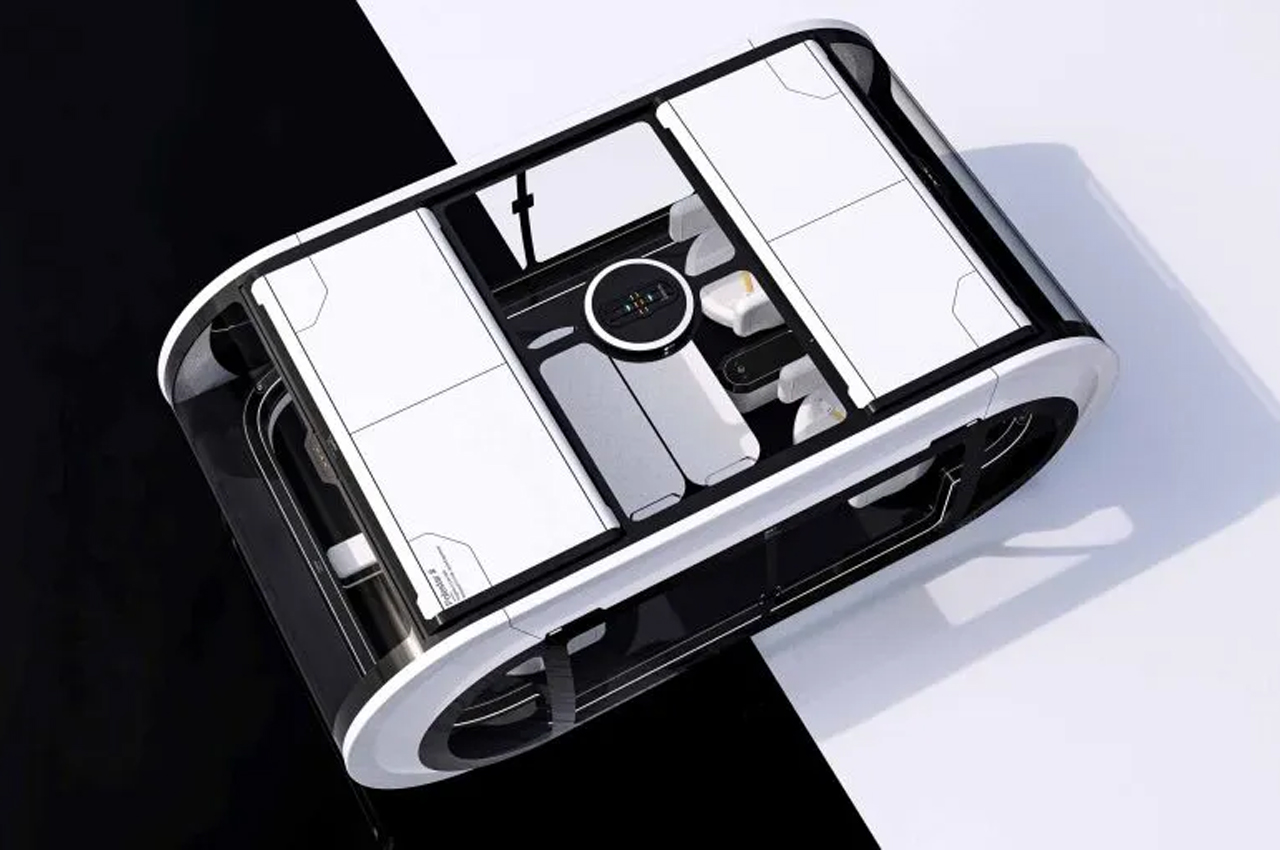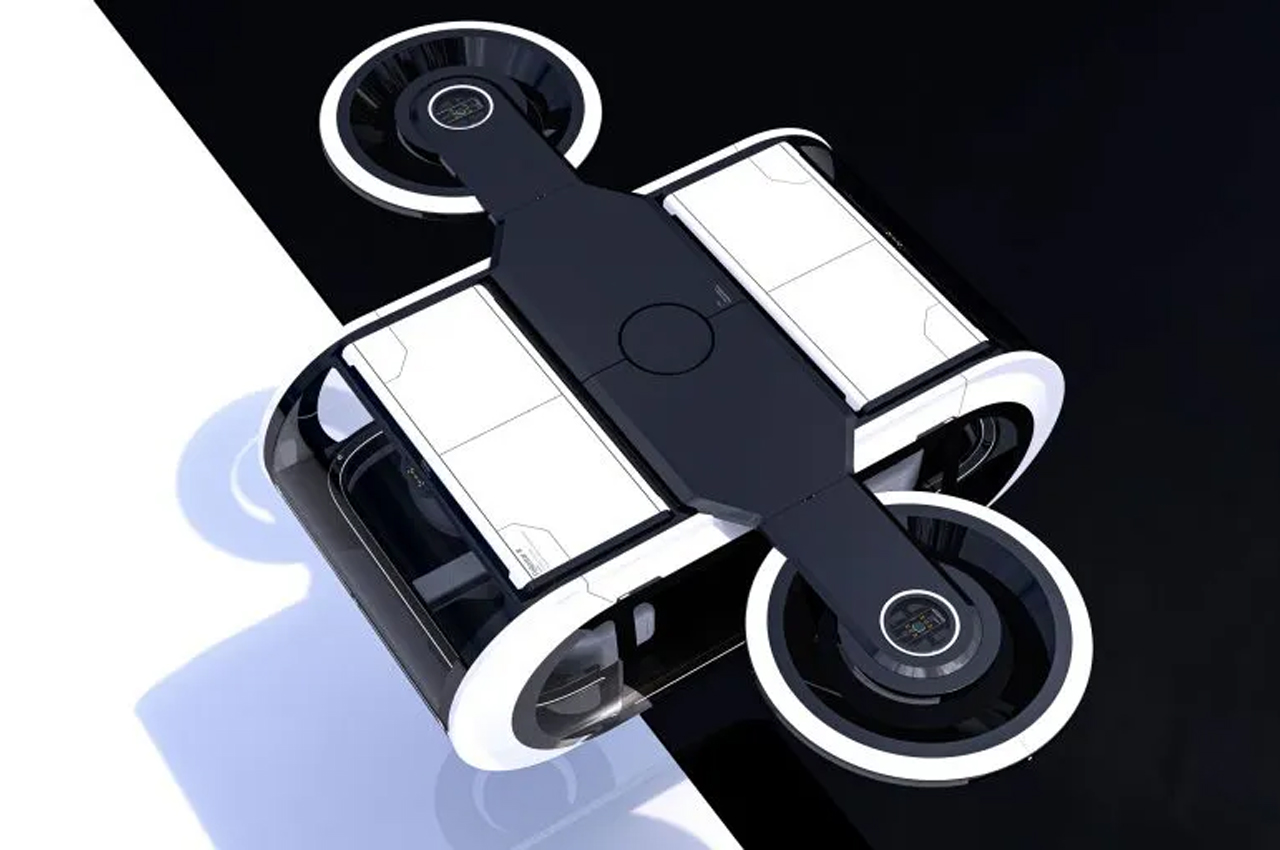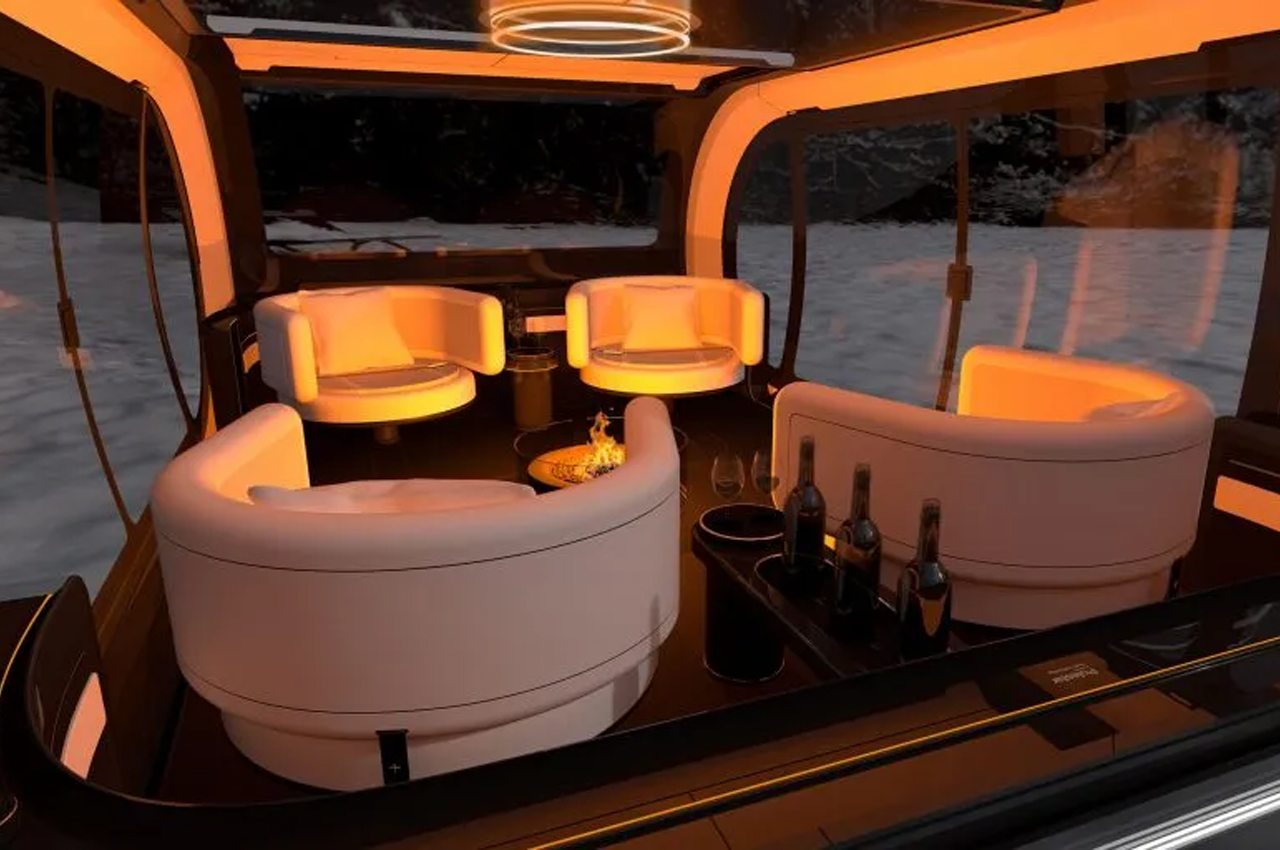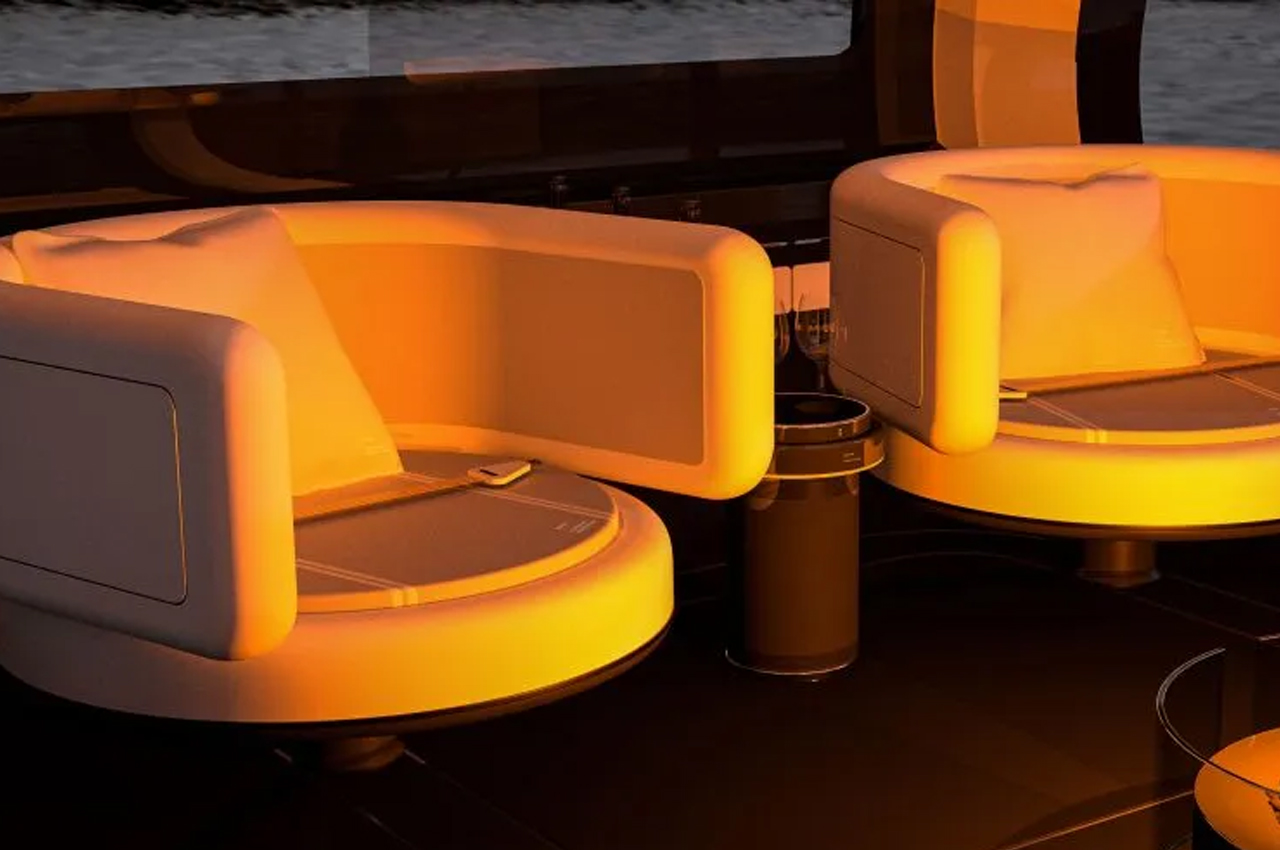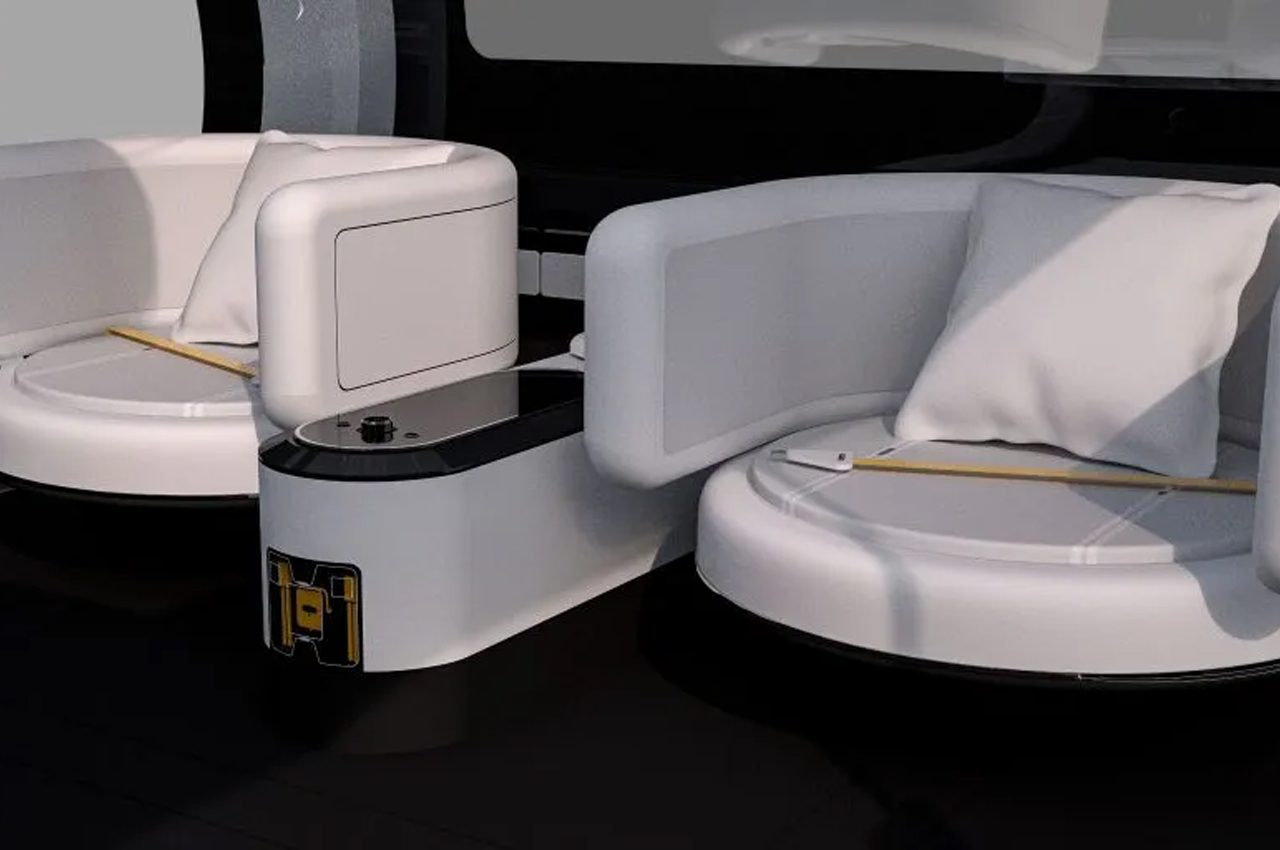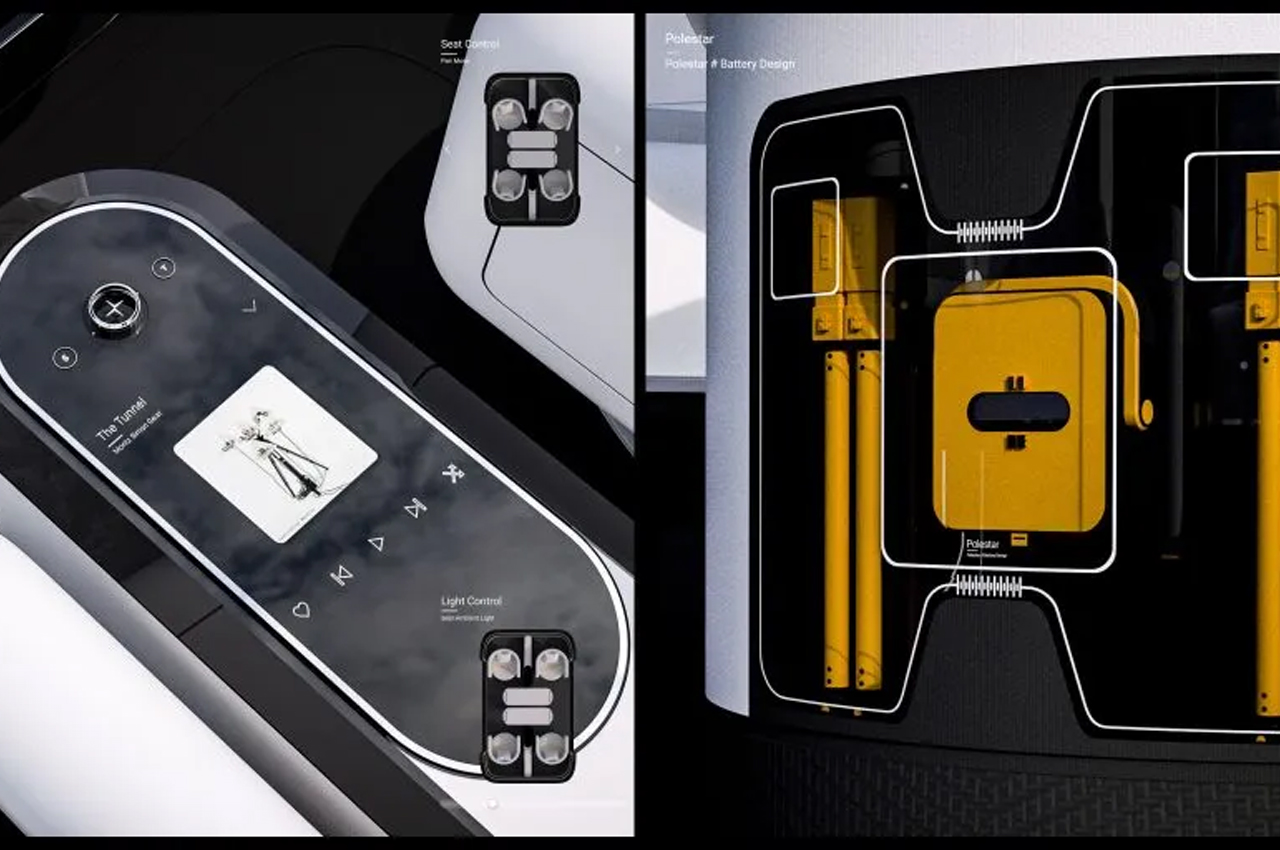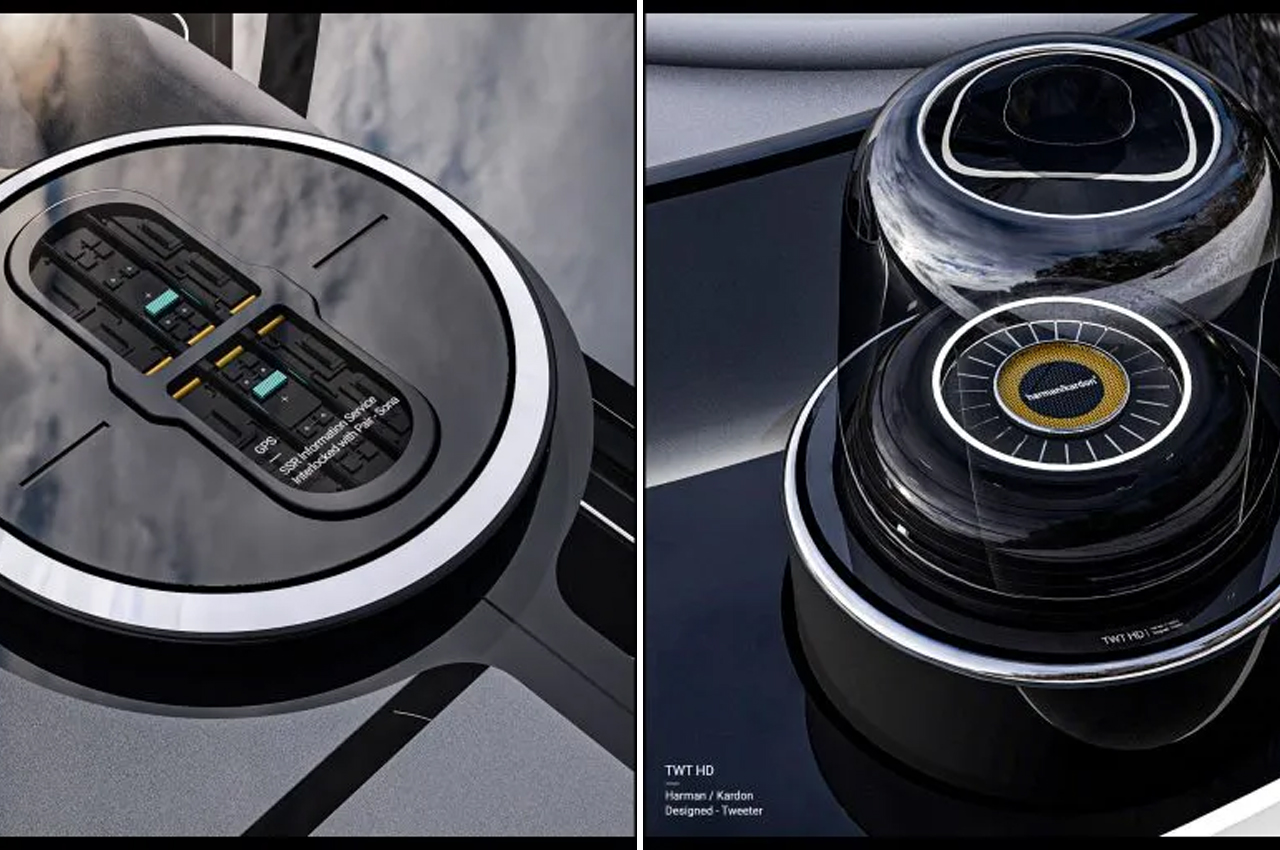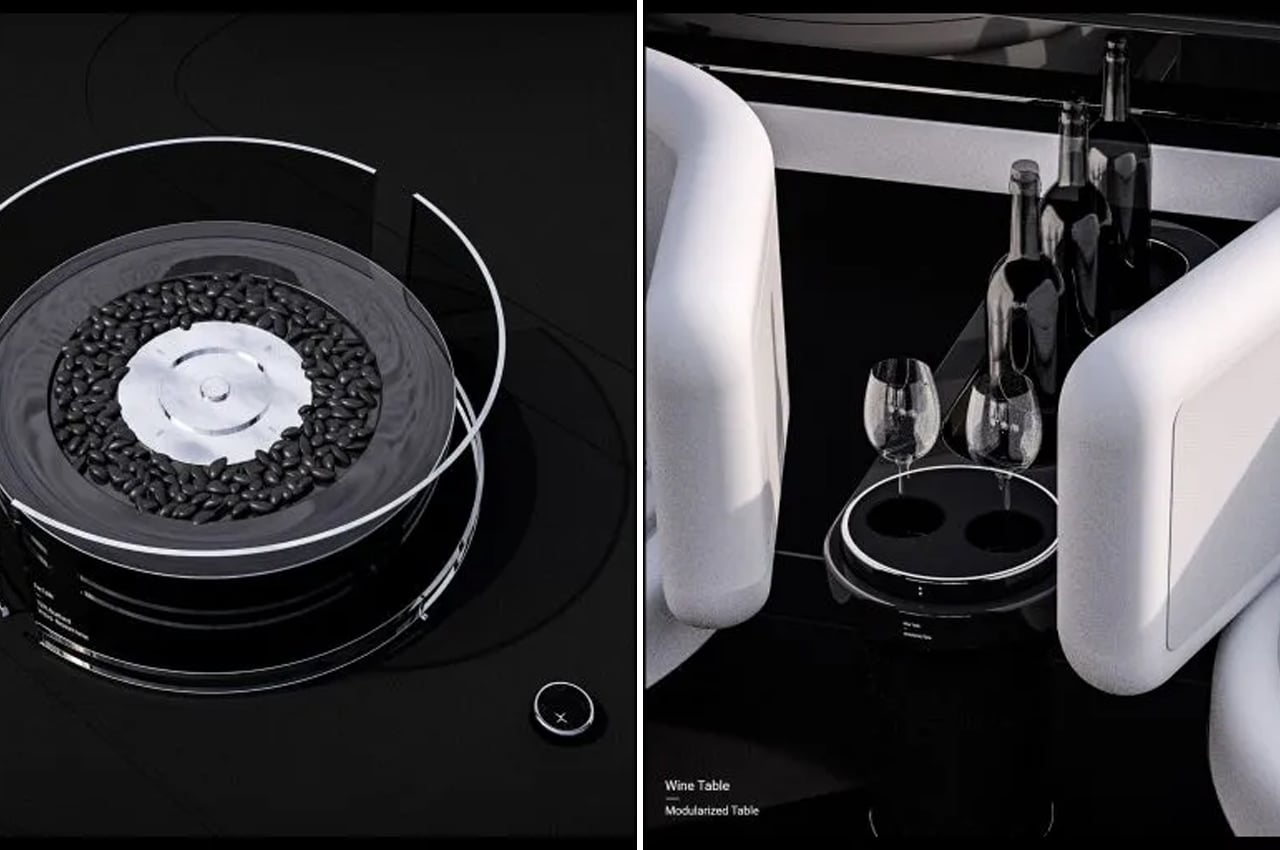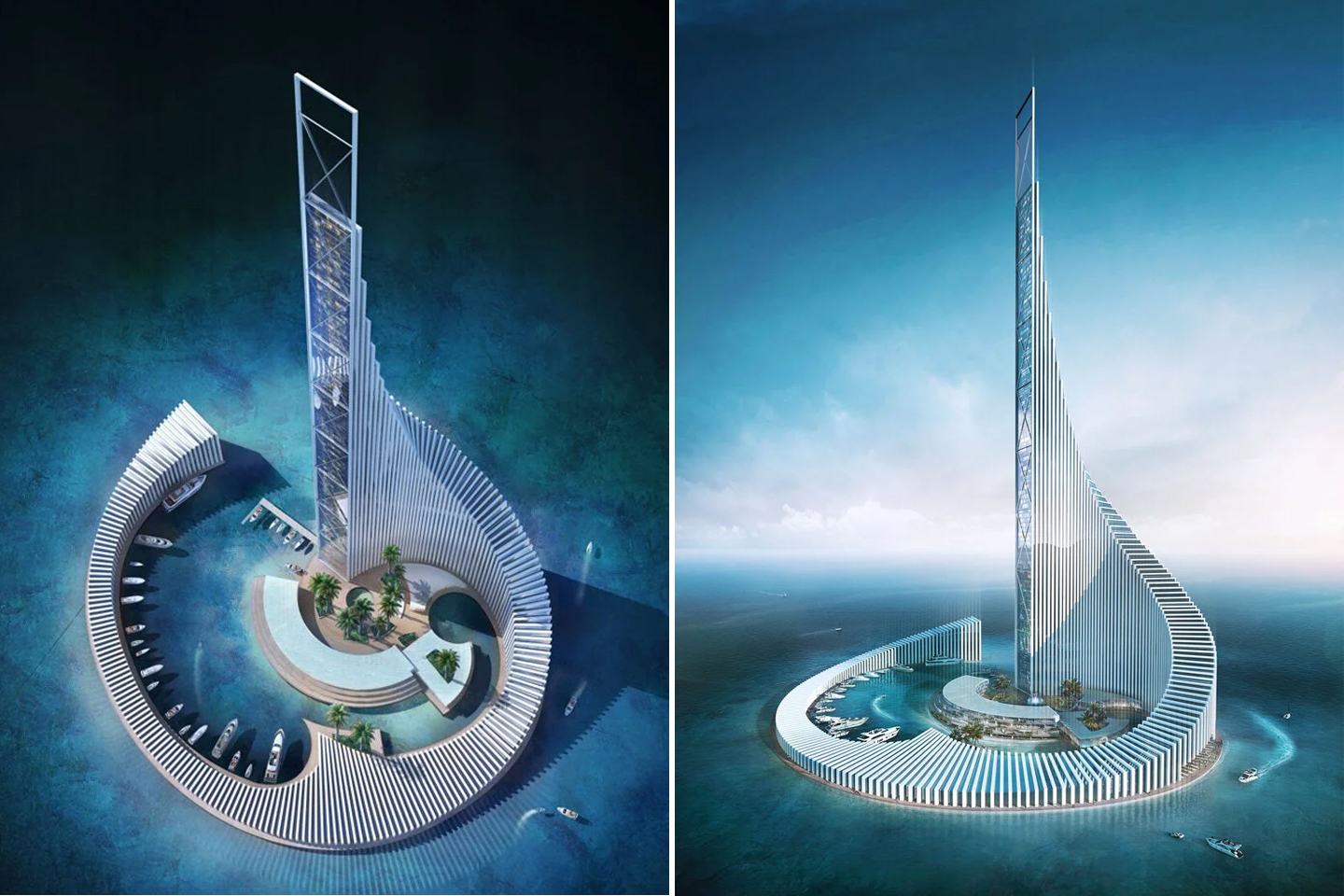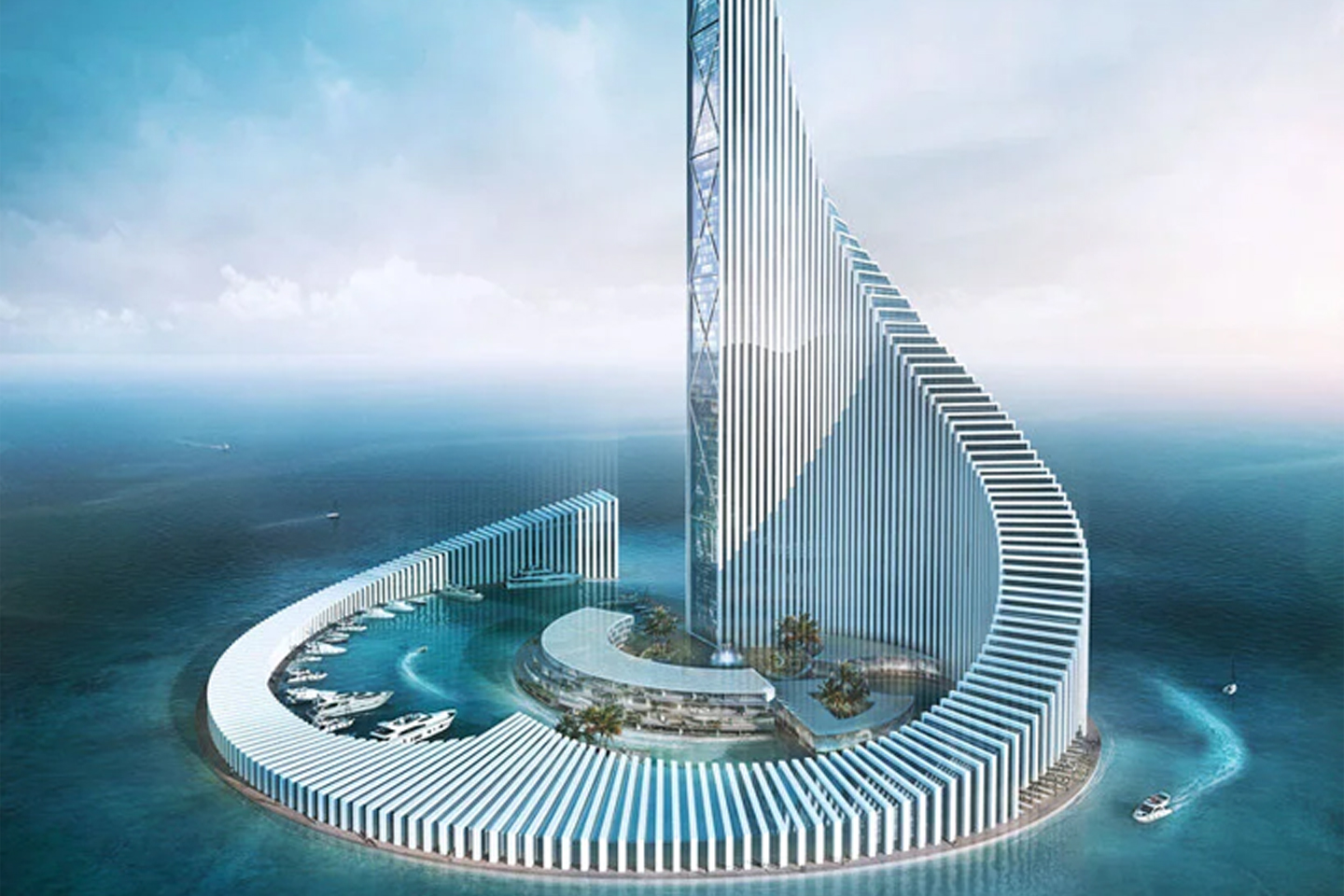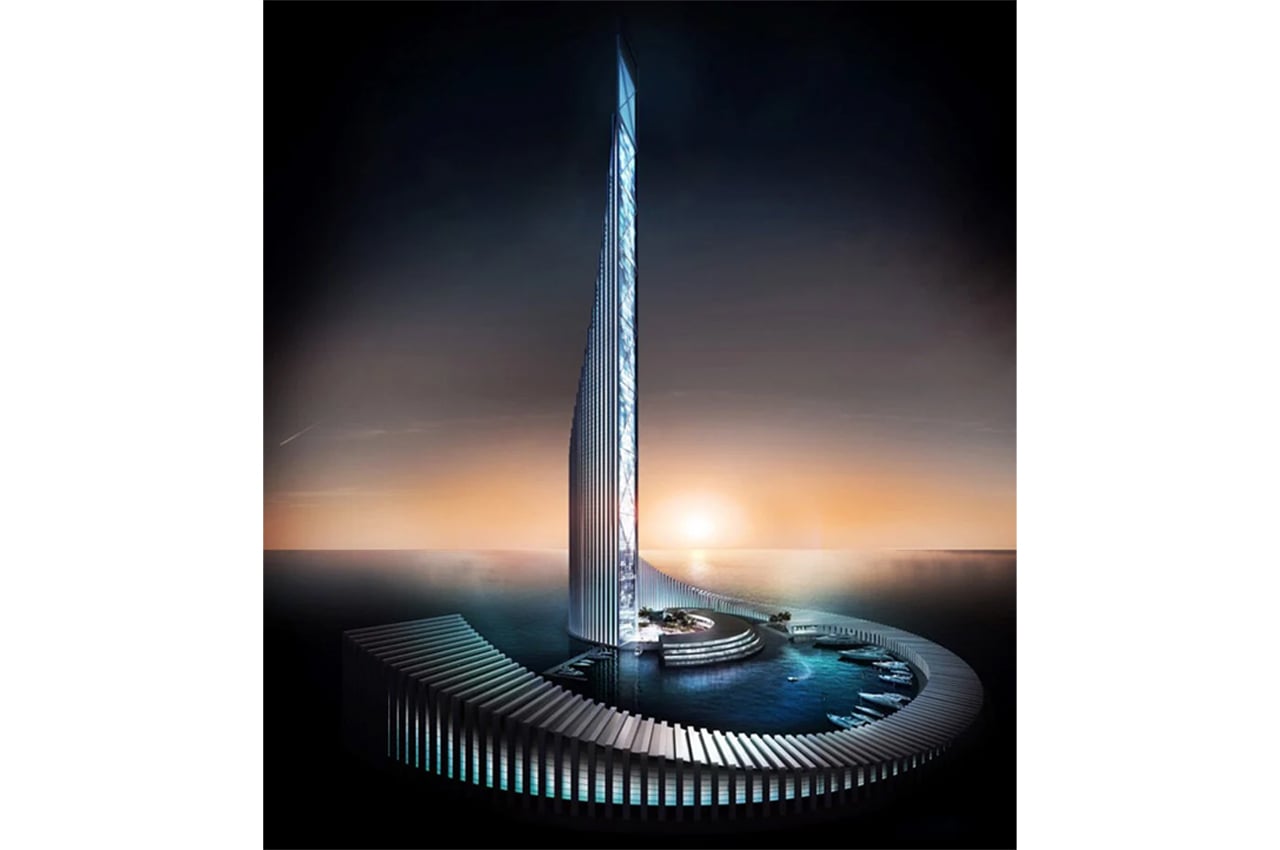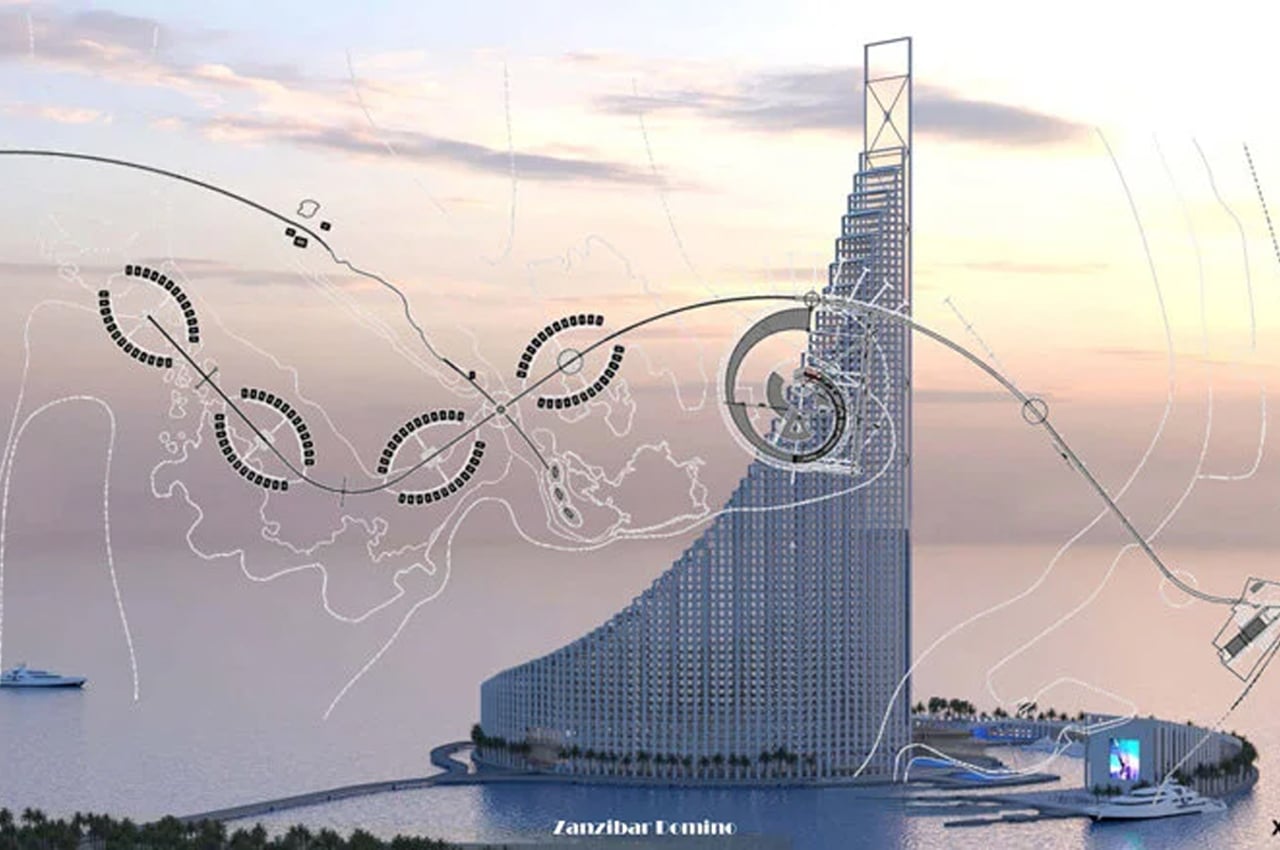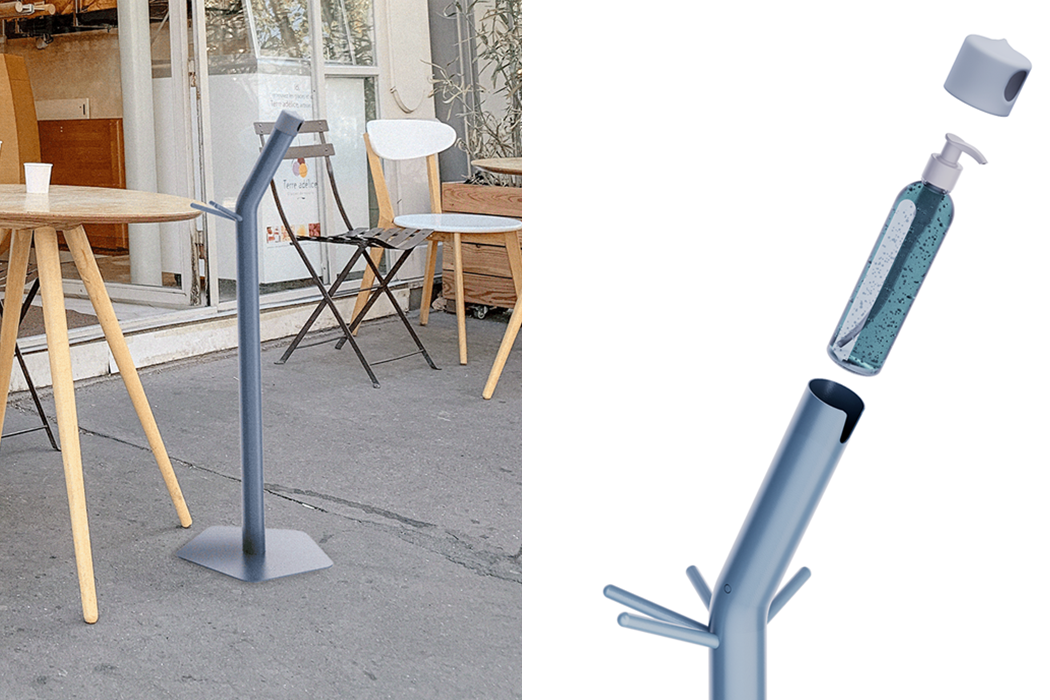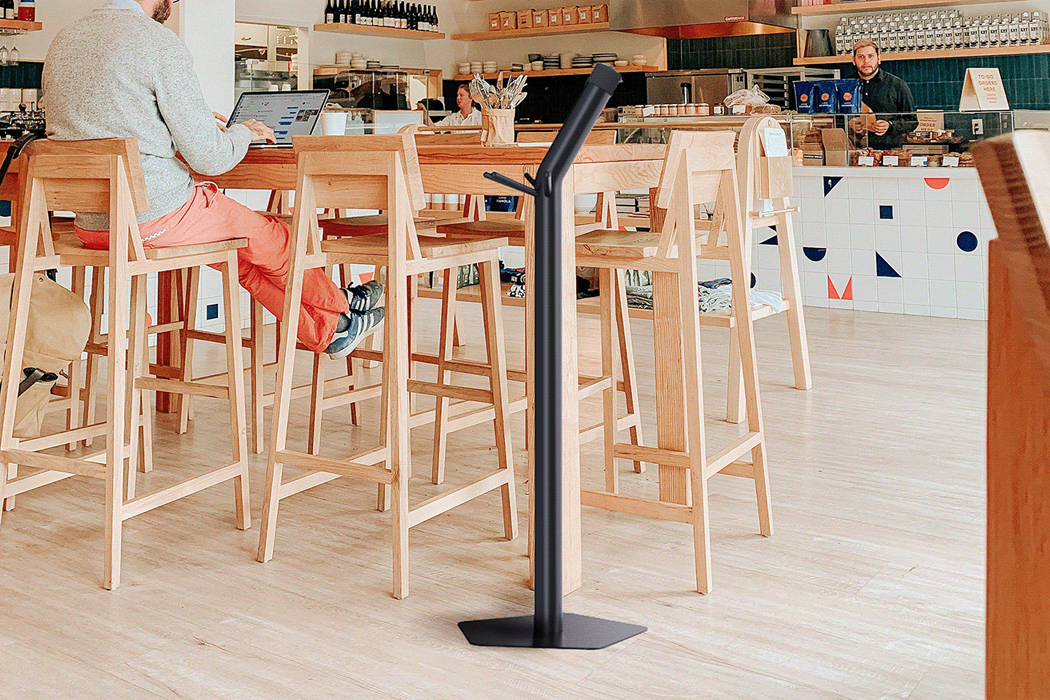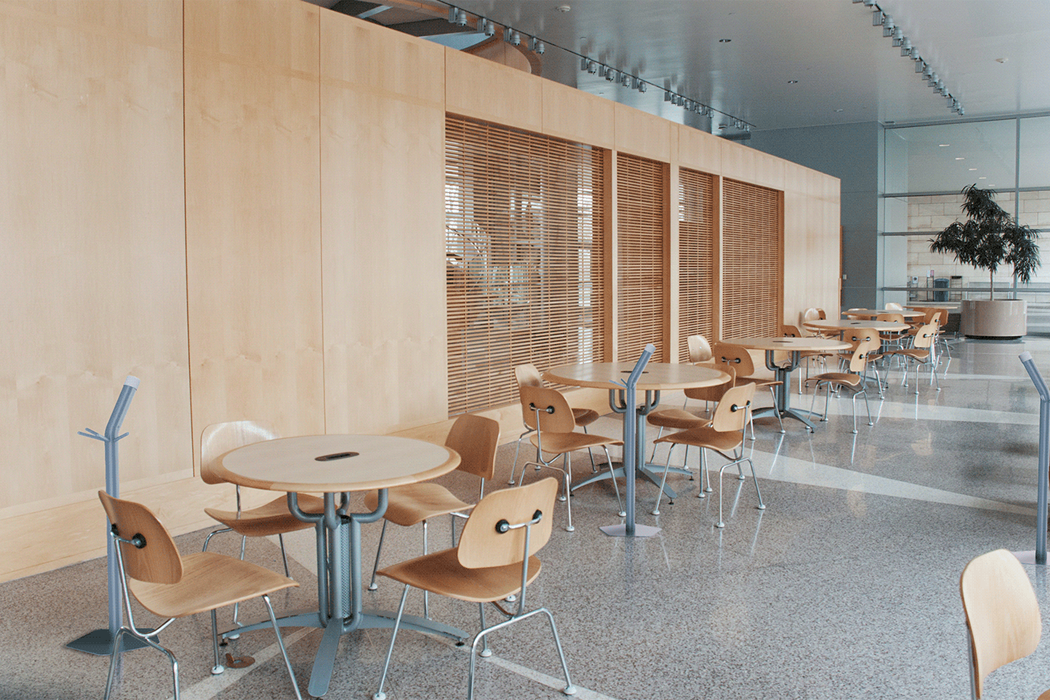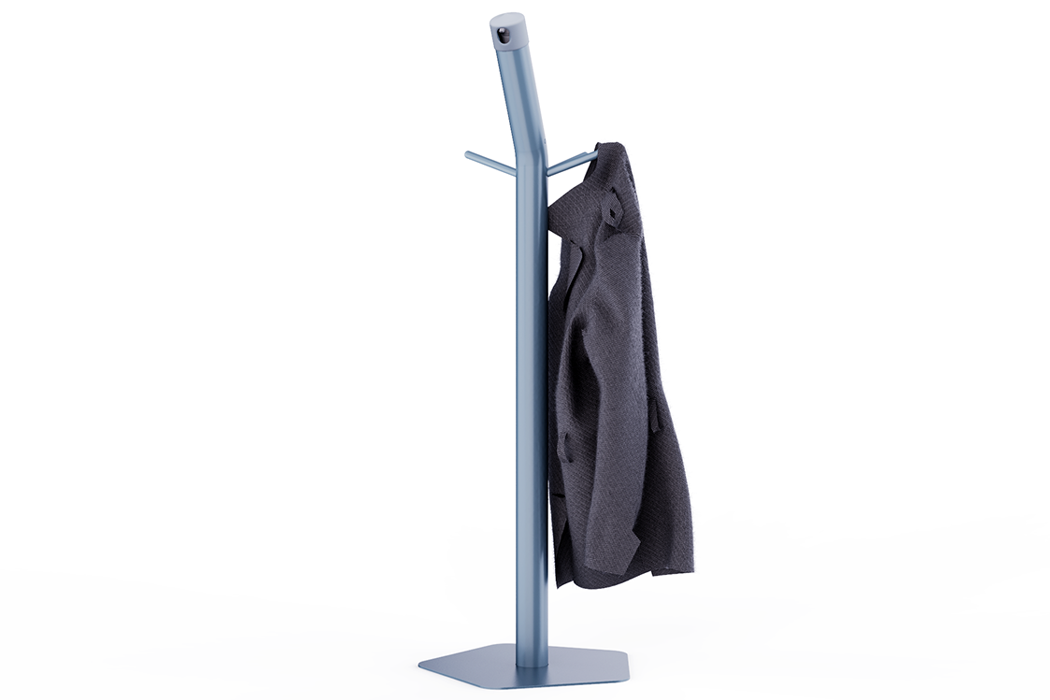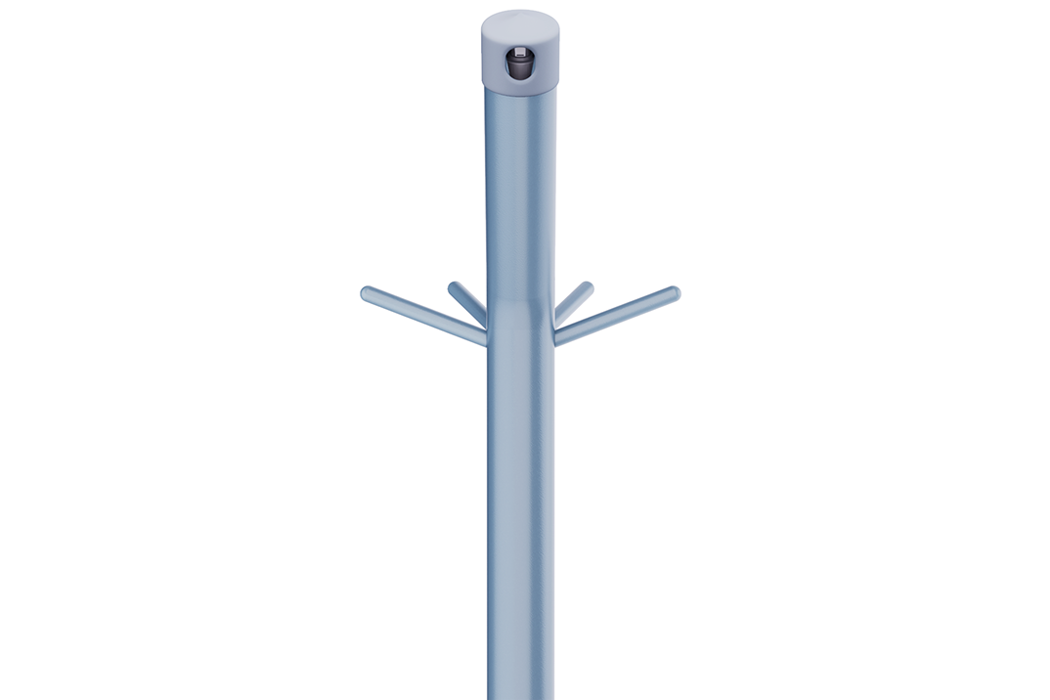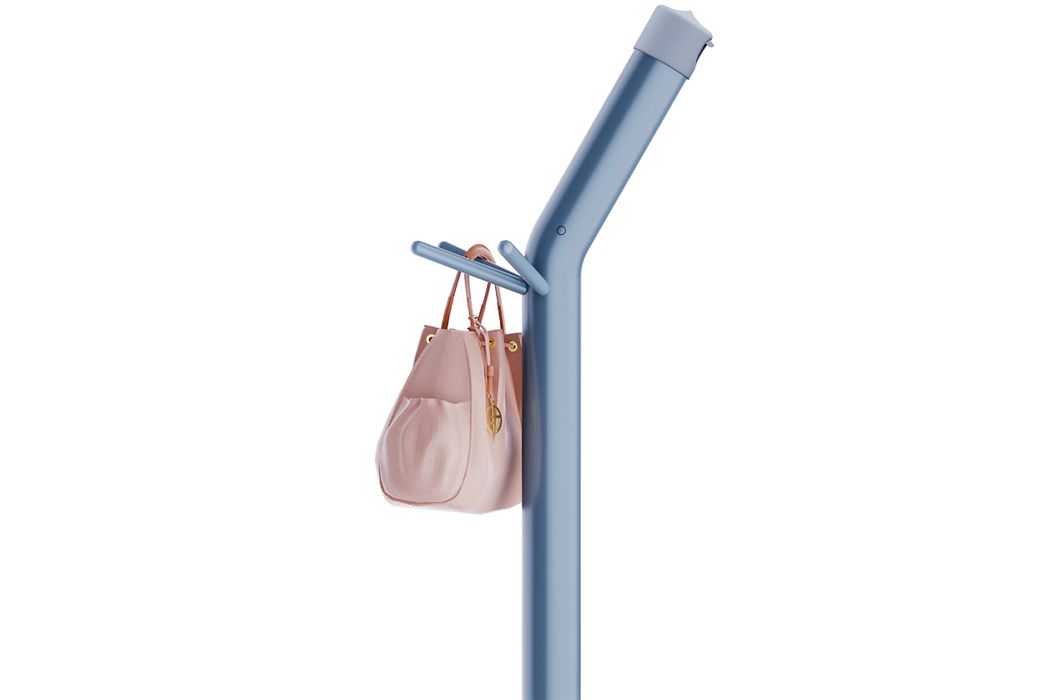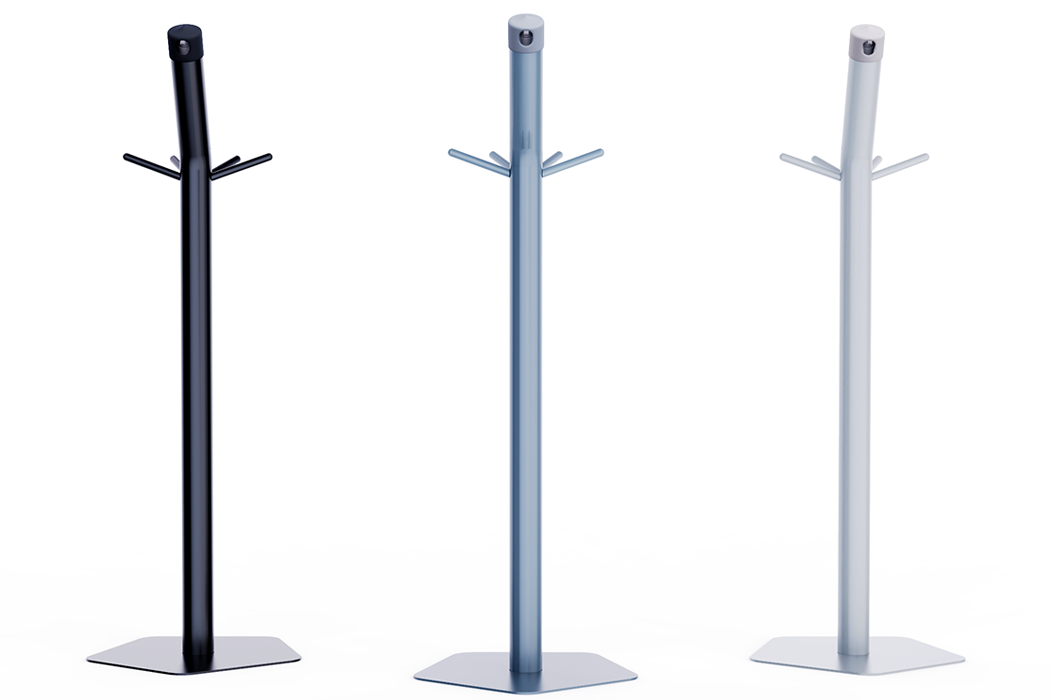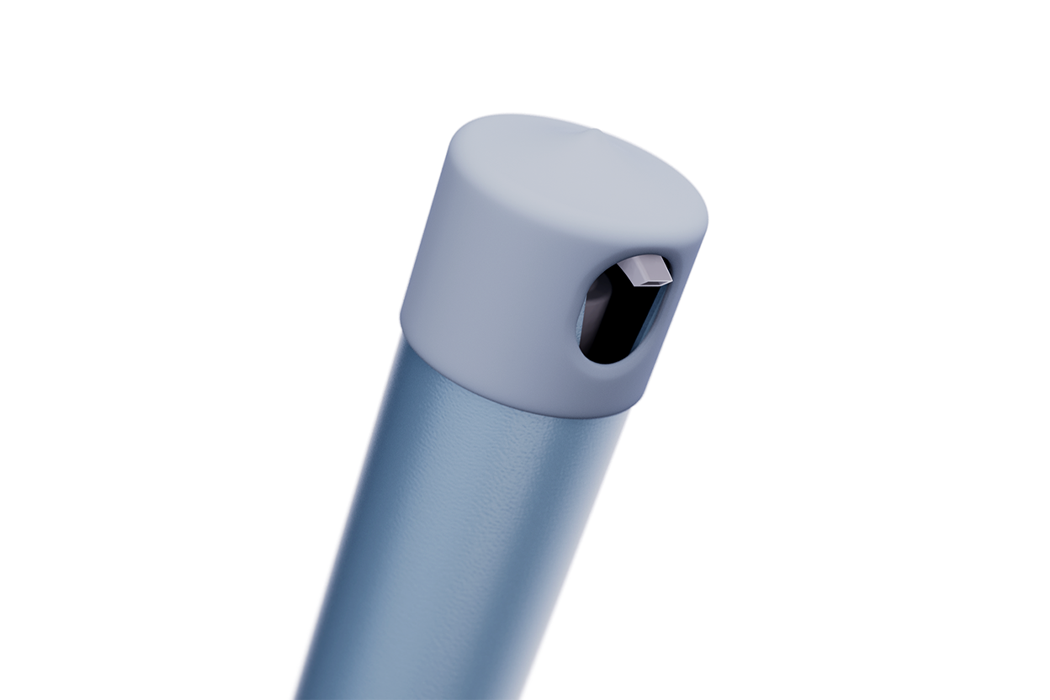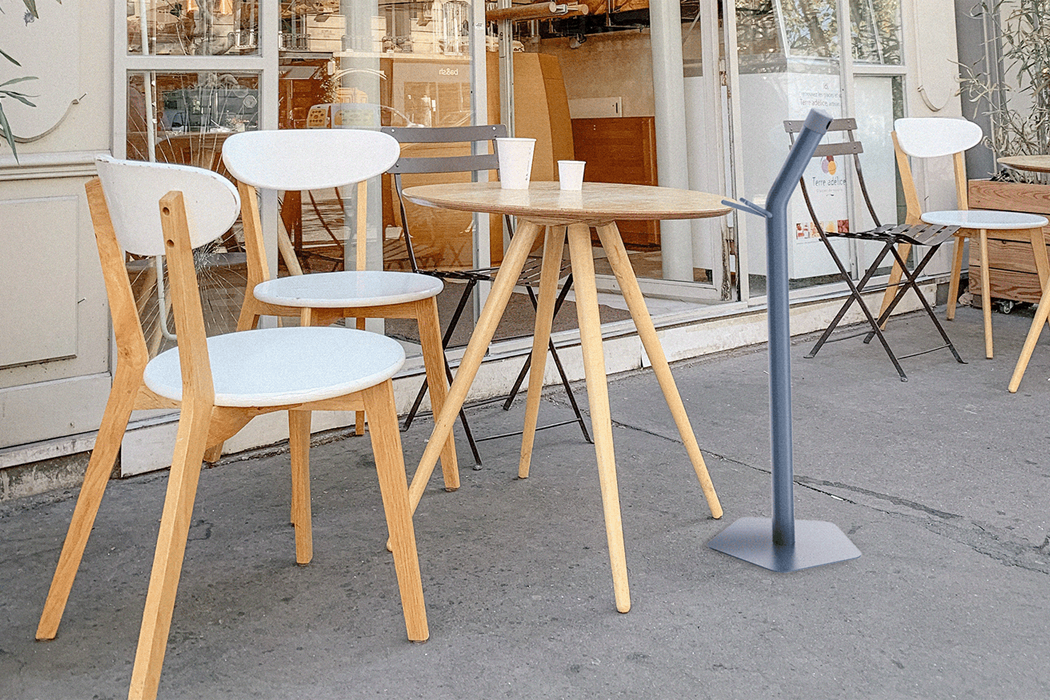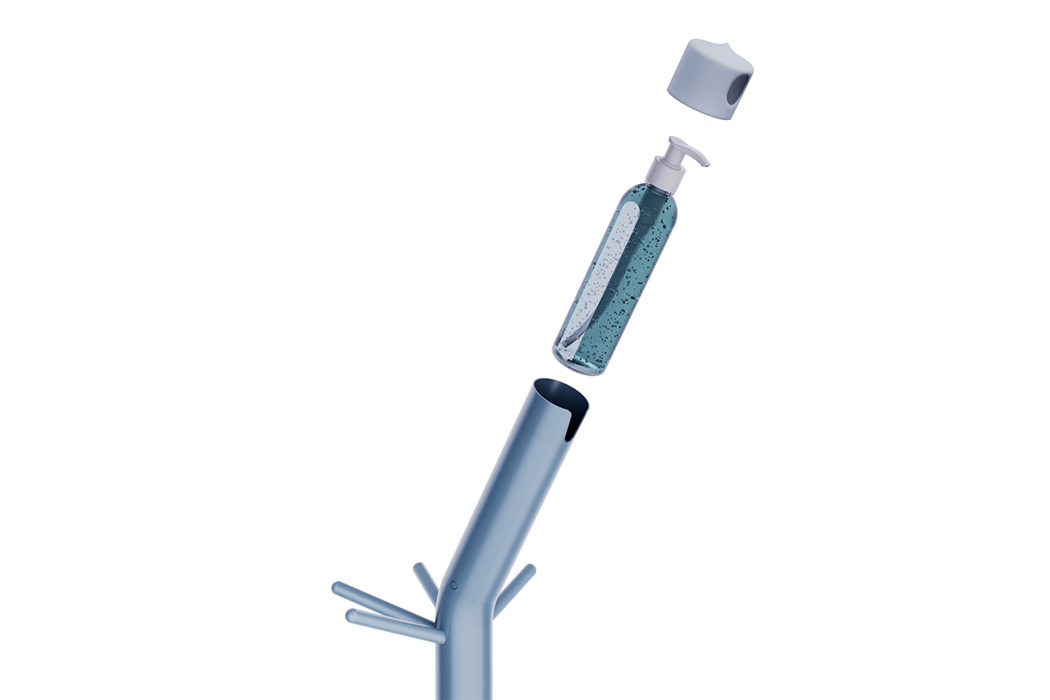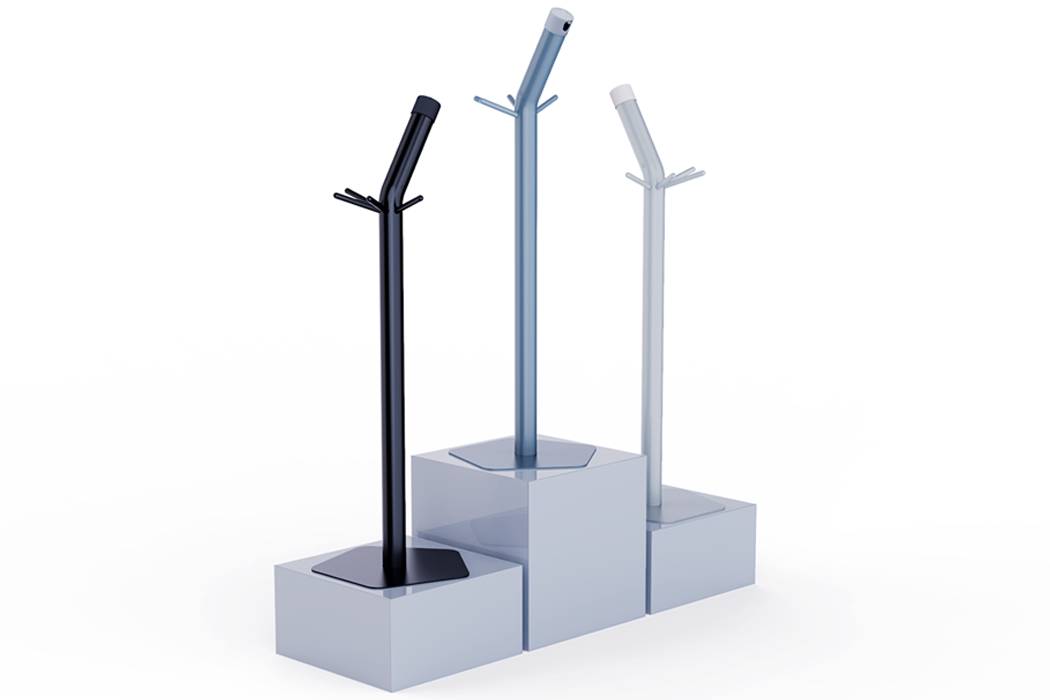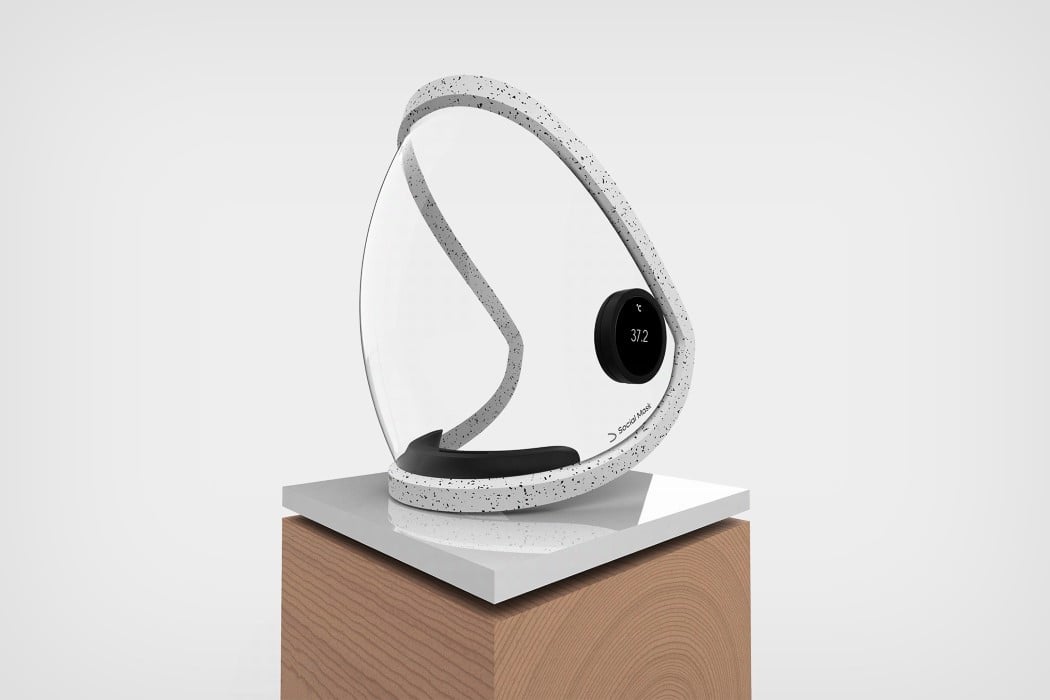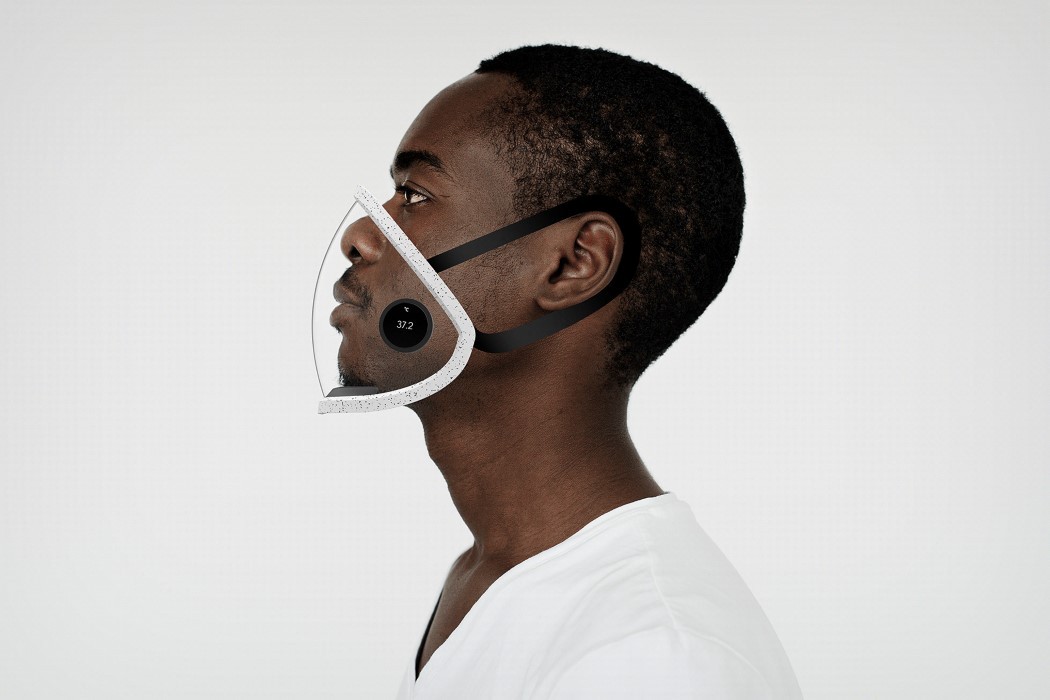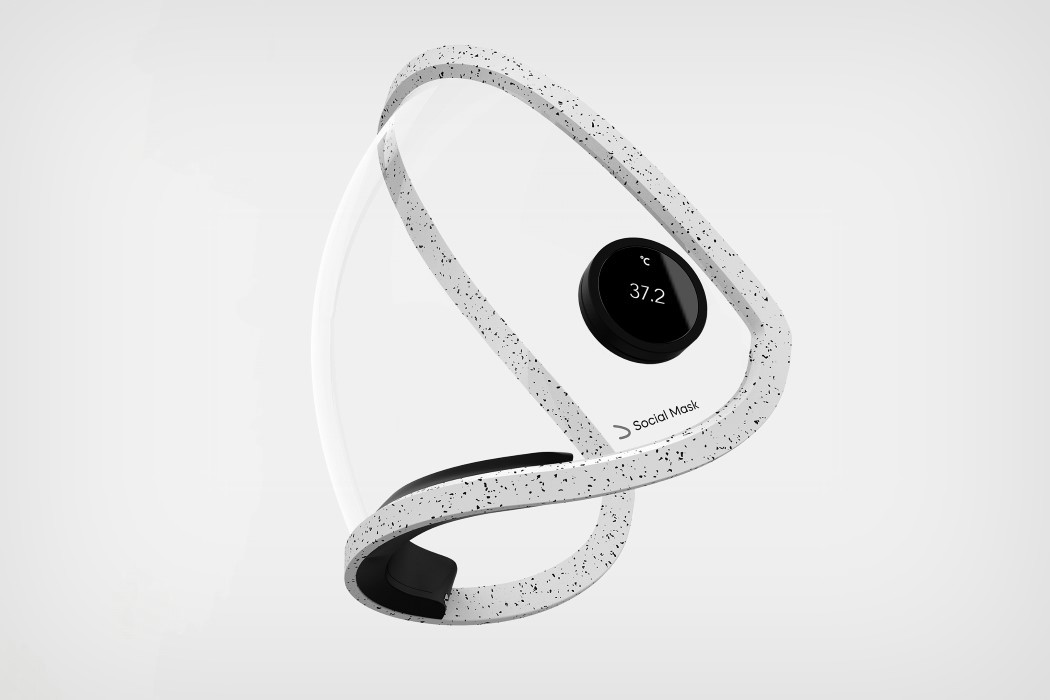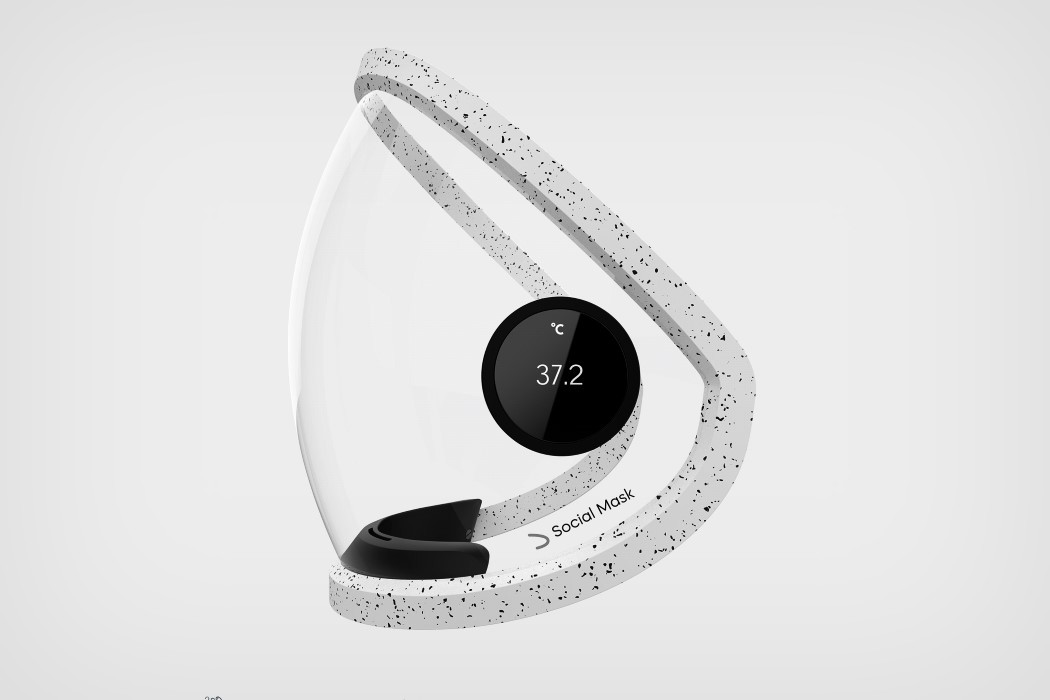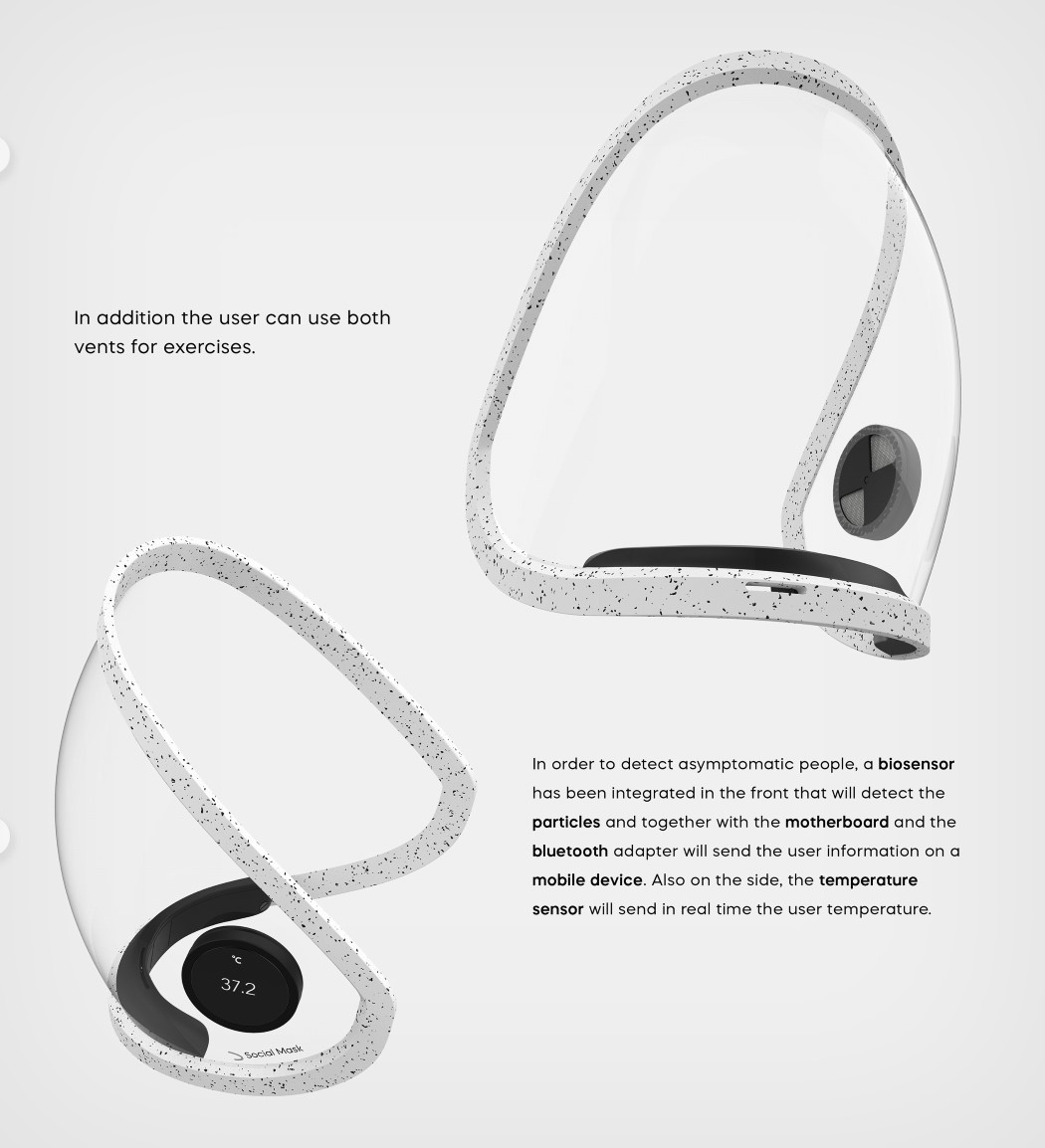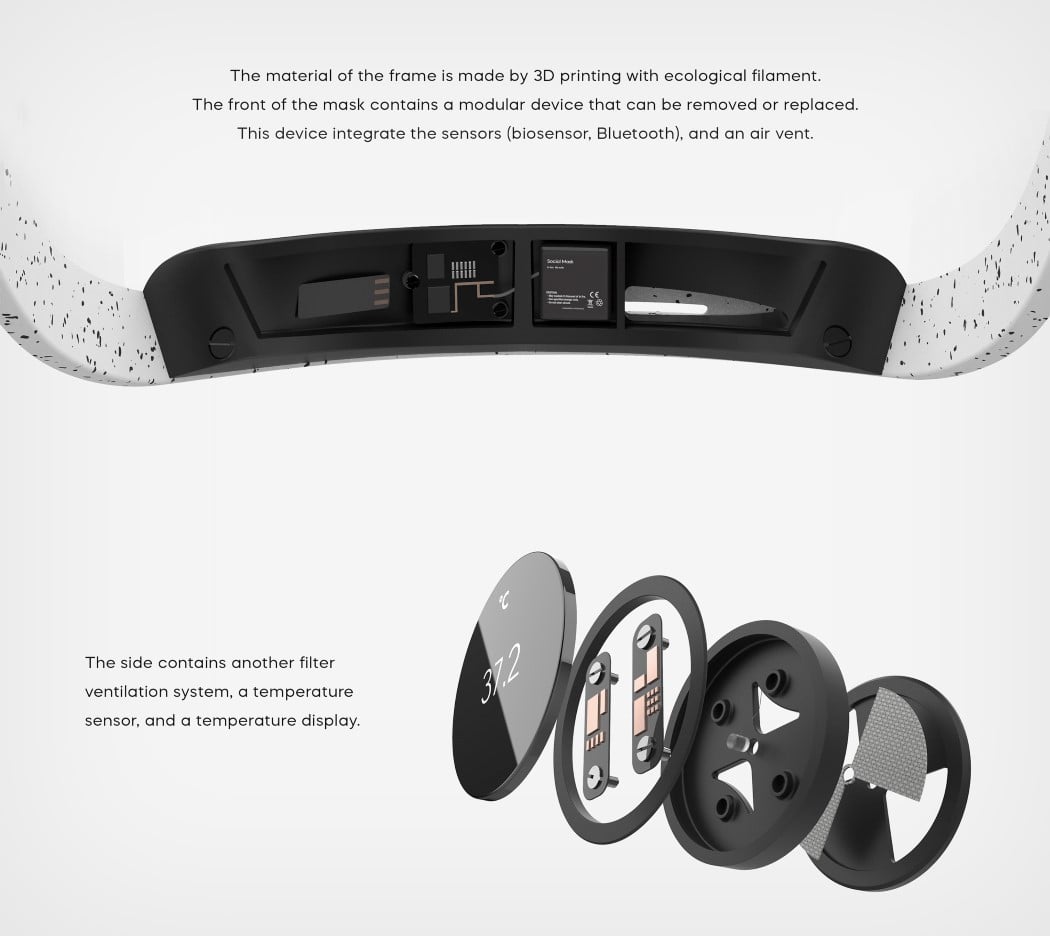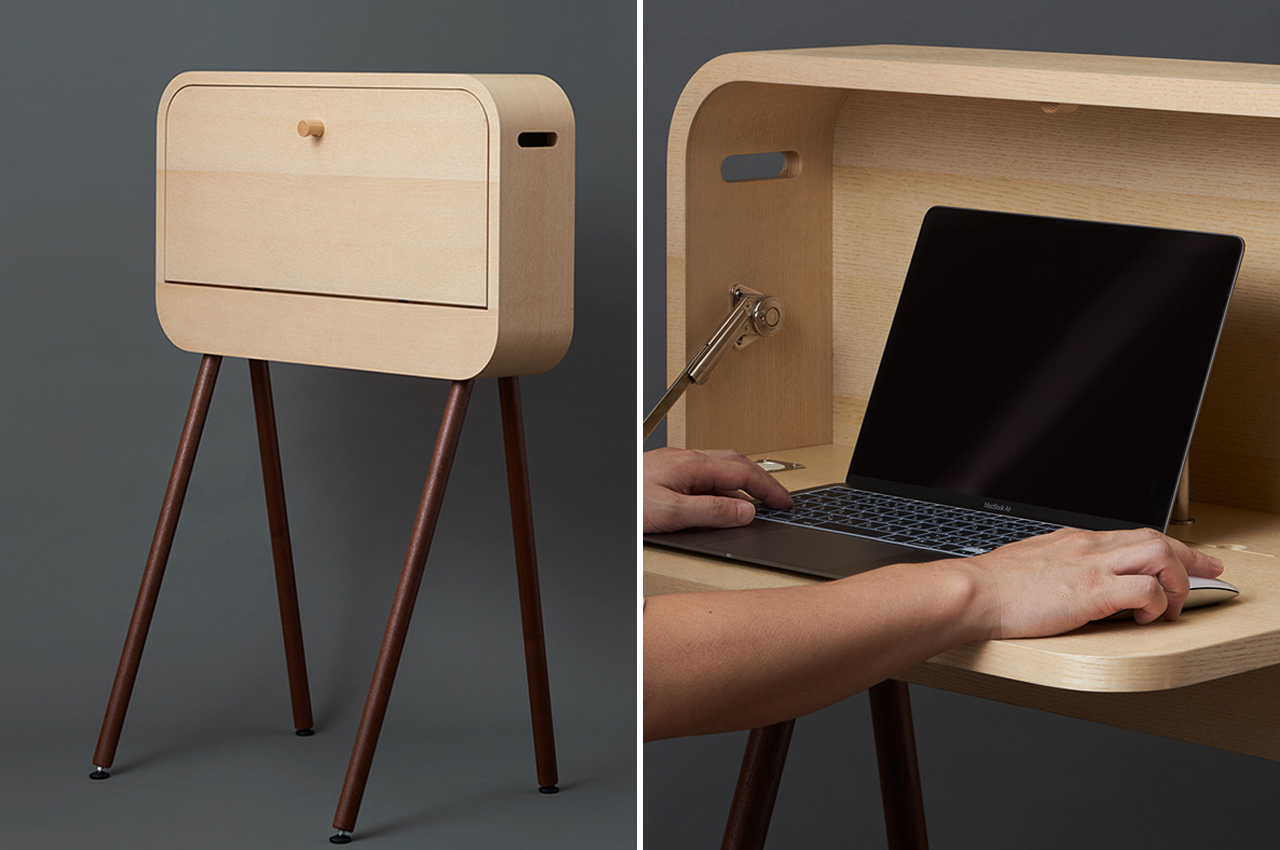
Every piece of Taku Yahara’s line of WFH furniture reveals a dual function or hidden compartment that’s designed to keep work and life balanced.
When working from home, the conditions have to be prime. Whether you’re working from the patio or the kitchen, the mood has to be just right. It’s no surprise most of us went straight to the drawing boards to transform our bedrooms into hybrid working spaces after WFH orders went into place. Helping move the process along, Taku Yahara designed a line of versatile pieces of office furniture to keep our working and living spaces separate, making WFH that much more comfortable.
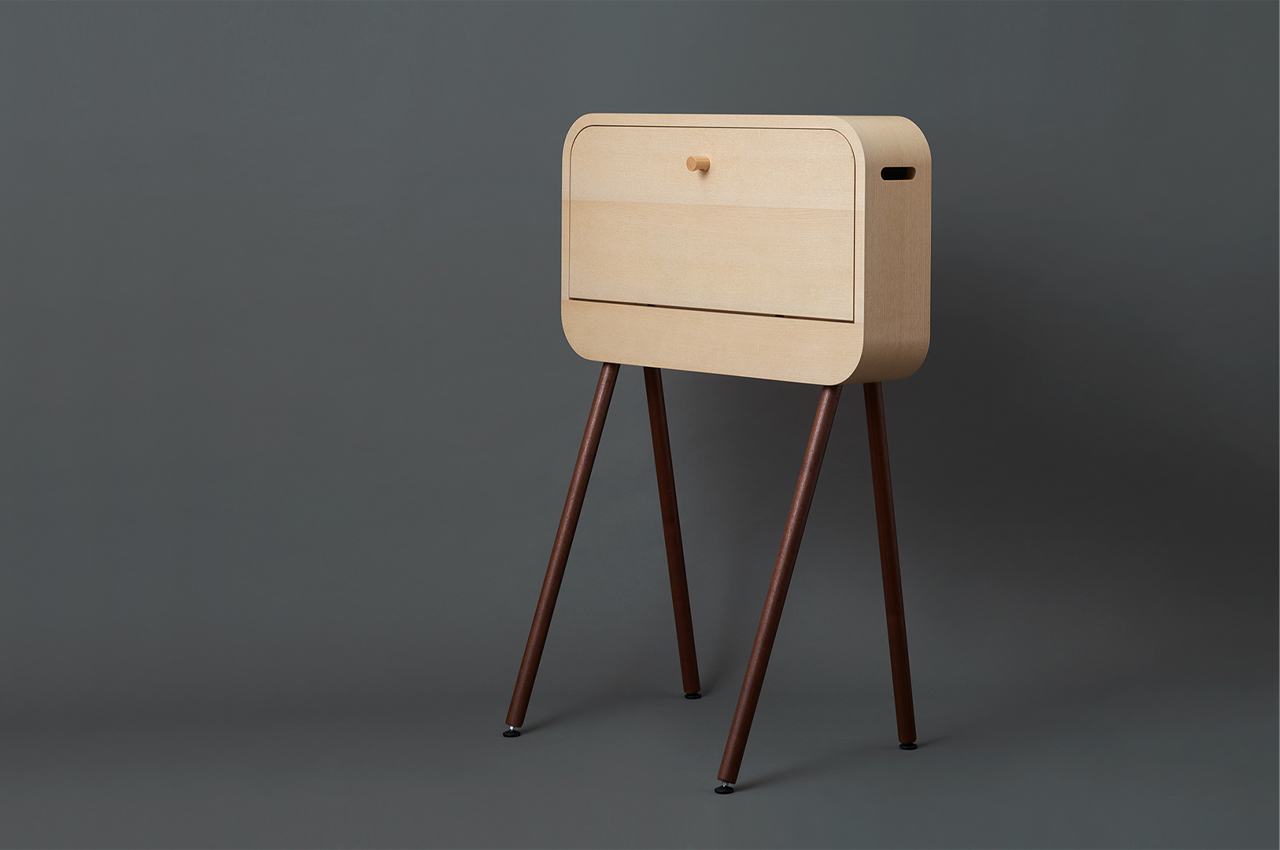
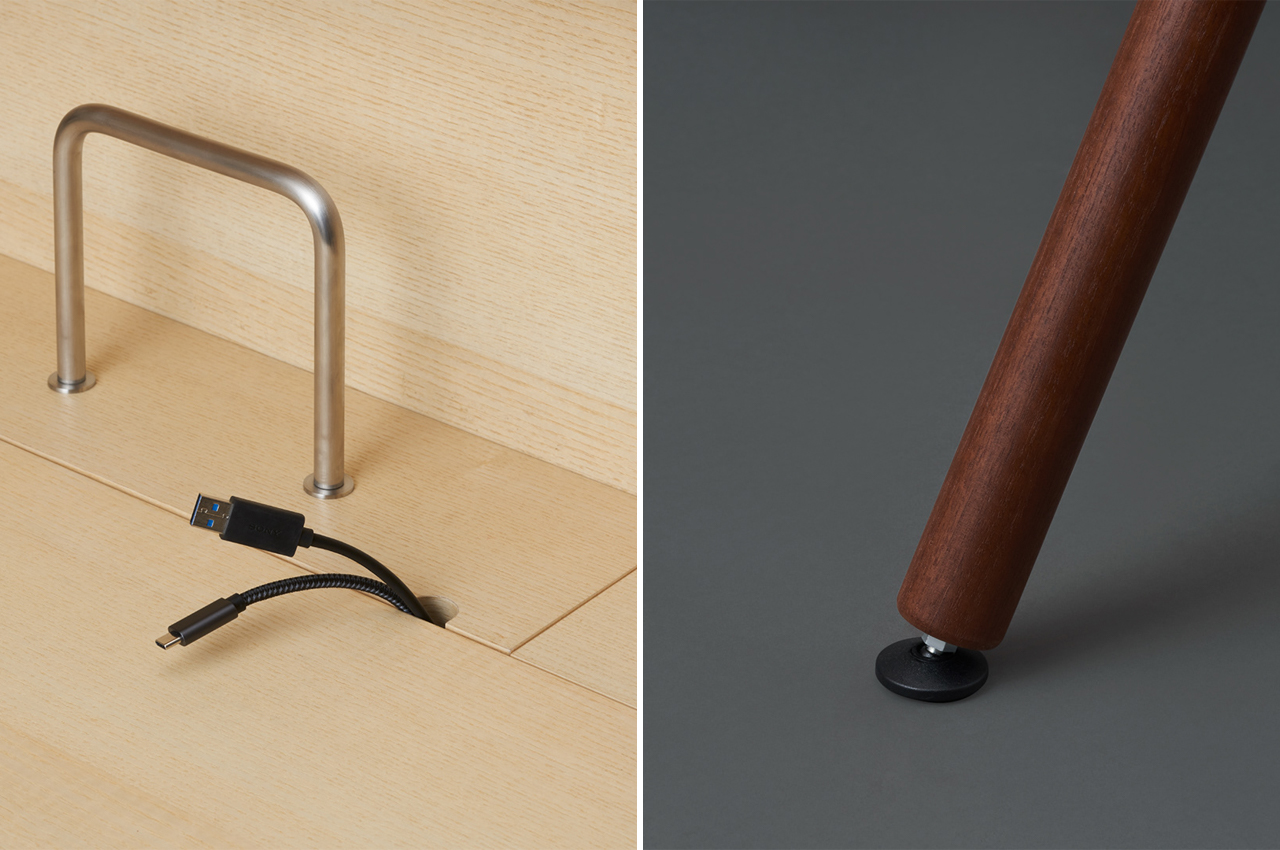
When designing his line of WFH furniture, Yahara looked first to versatility. Equipping most of his pieces of furniture with dual features and hidden compartments, Yahara wanted to ensure work and life could remain balanced even when working from home. The Mobility Desk, for example, is a portable desk that can transform into an inconspicuous storage basin when the workday is finished.
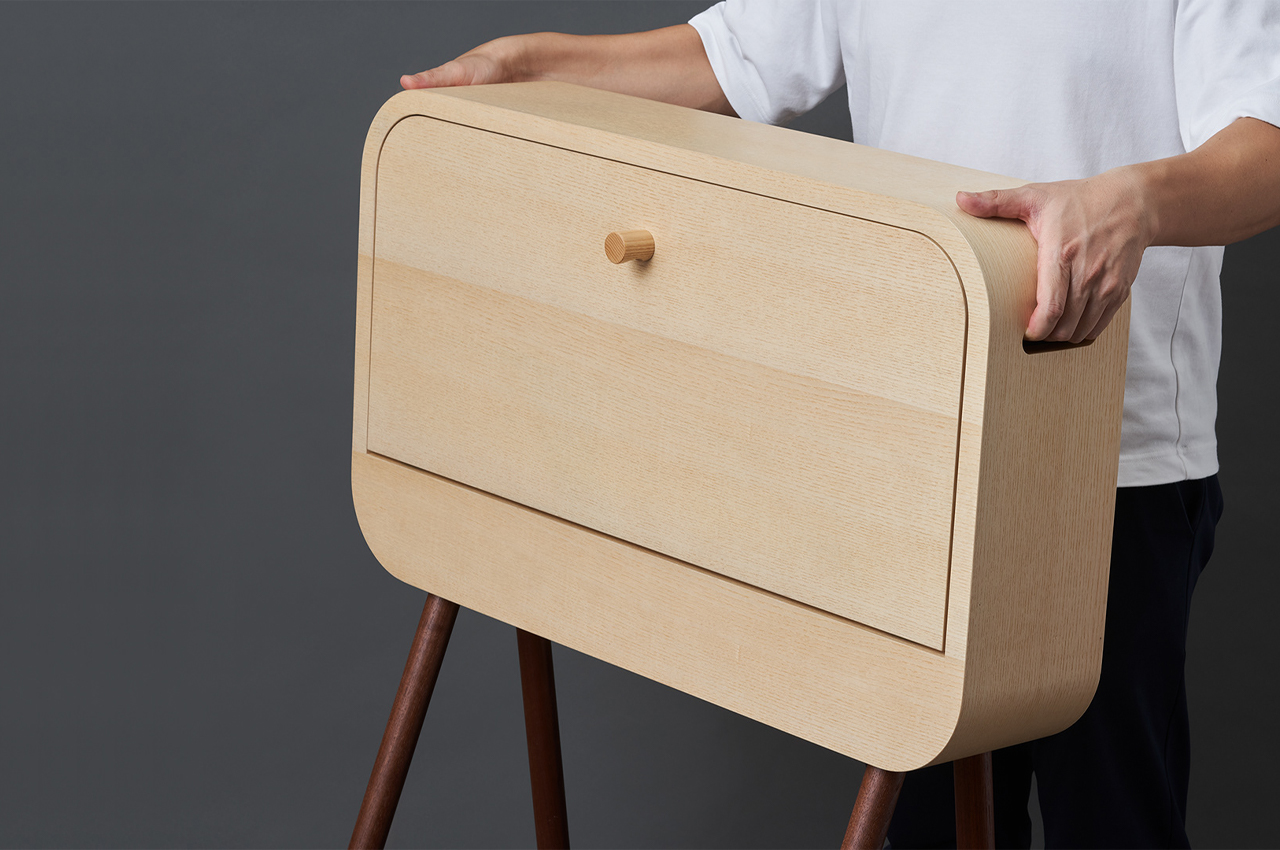
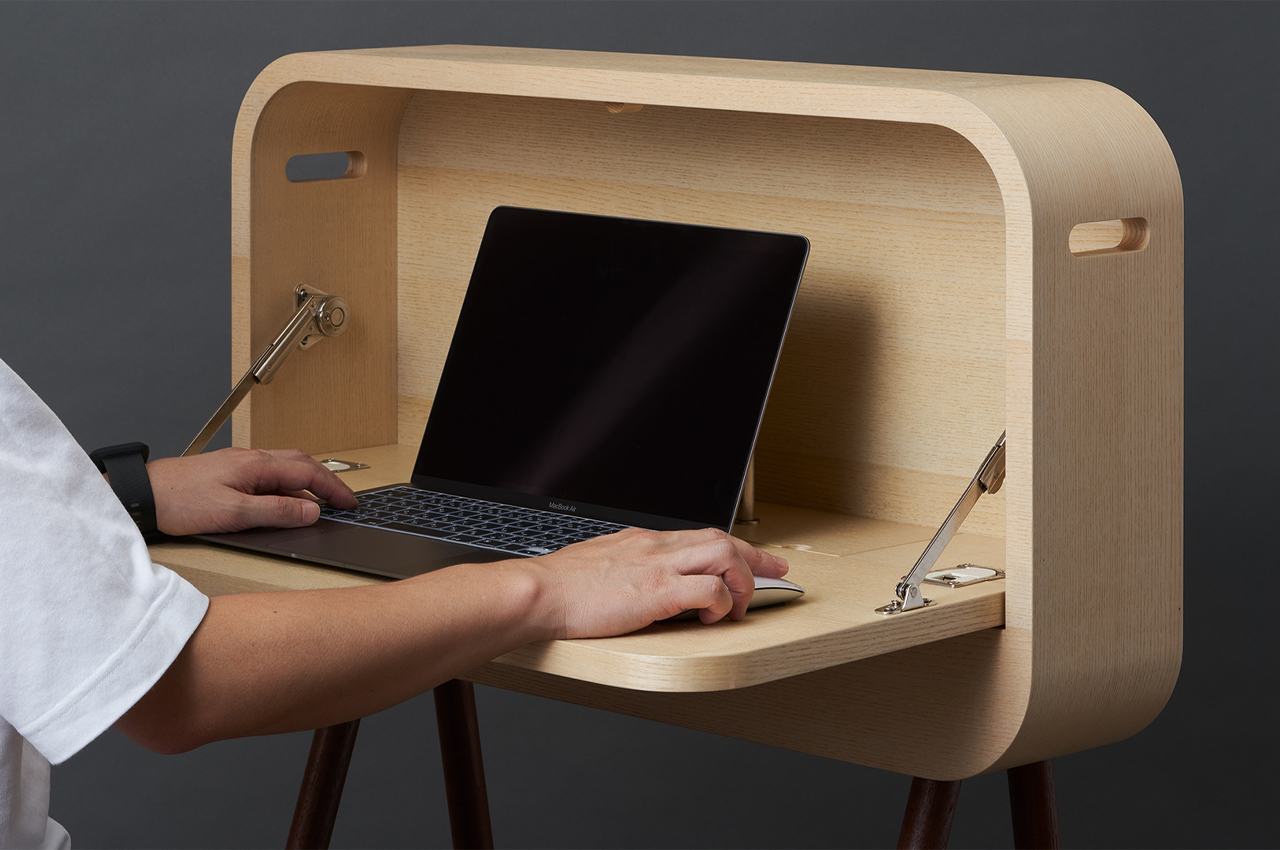
In its initial form, the Mobility Desk is a narrow wooden storage bin and then transforms into a drop-front desk for working. Keeping the design work to a minimum, the Mobility Desk is stripped down to its barest form to emphasize its accessibility. Then, Yahara conceptualized a router box with convenience at the forefront of his design.
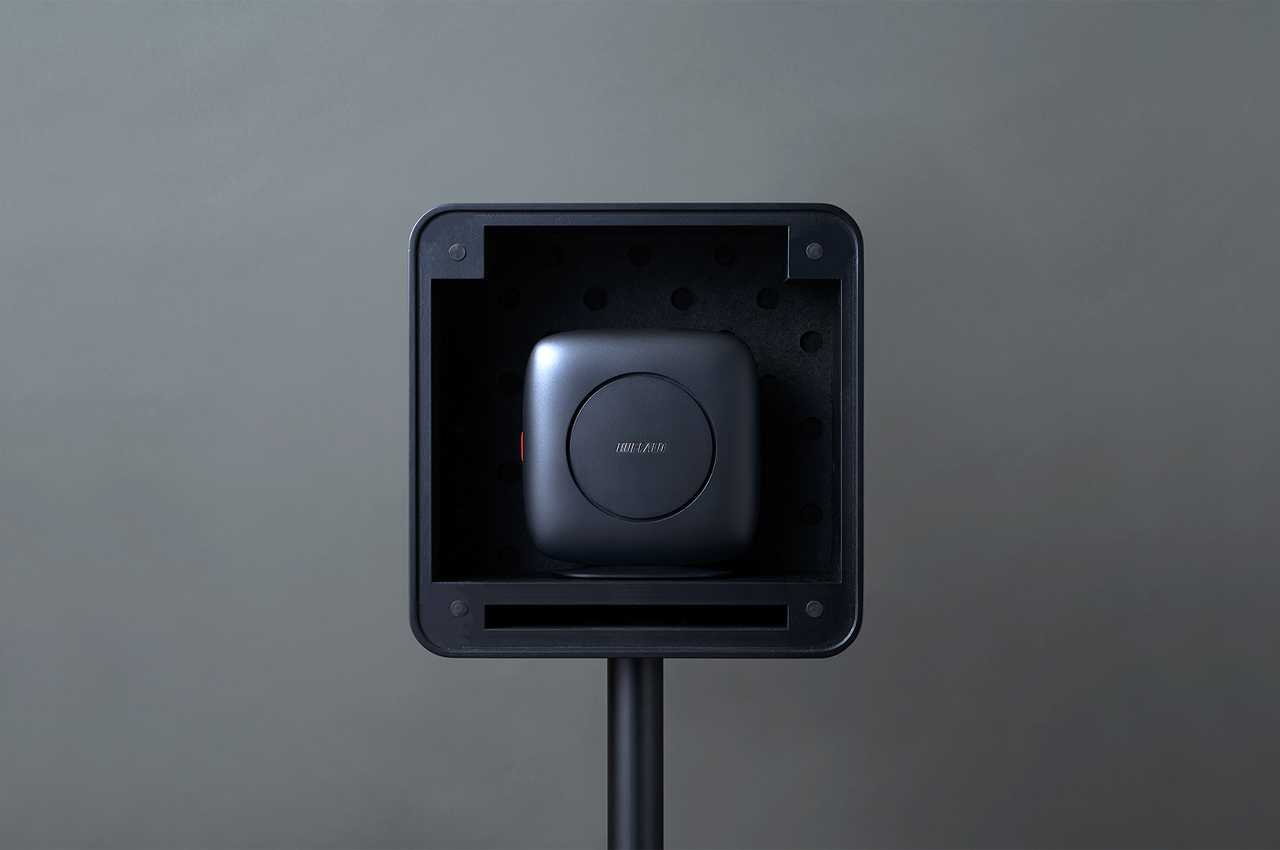
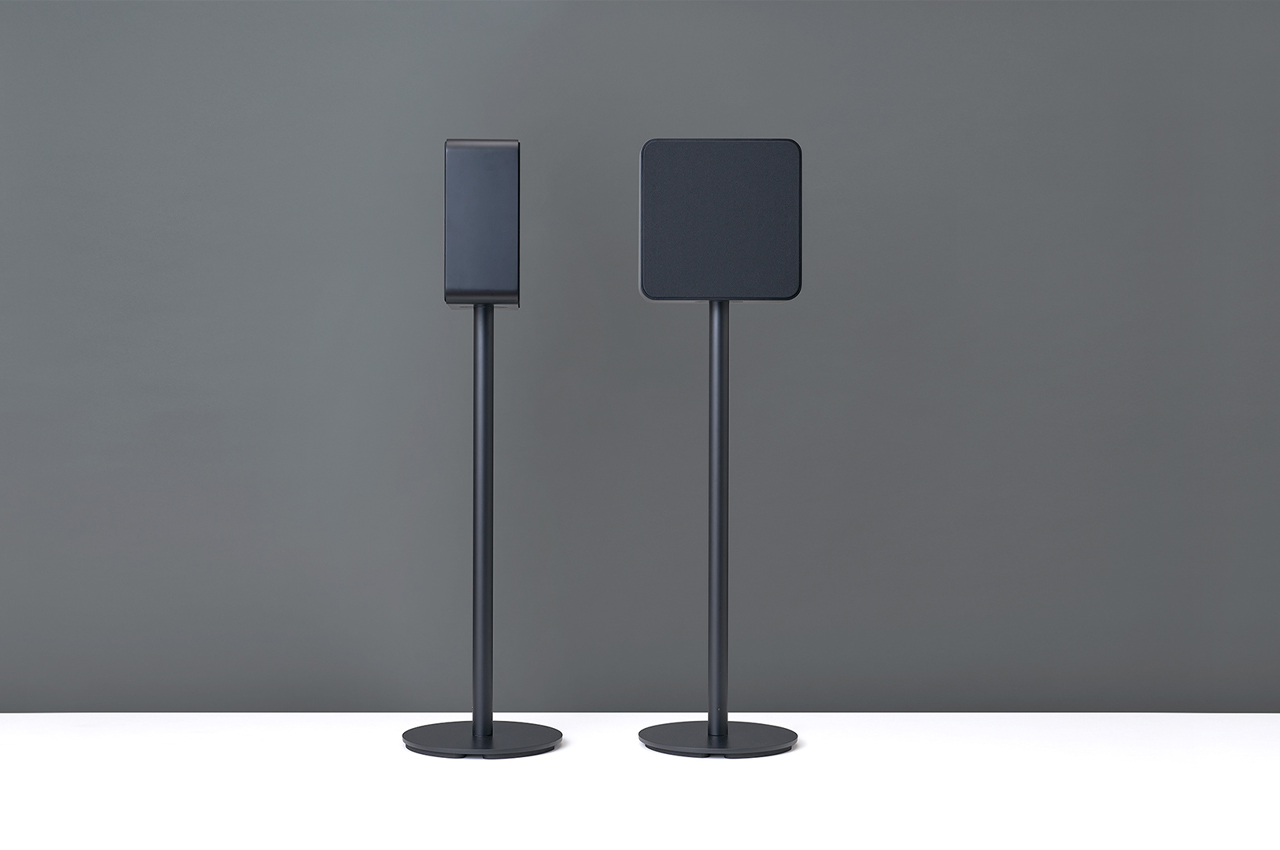
Since finding good WiFi is the number one priority when working from home, Yahara developed the router box at an appropriate height to ensure open access throughout the day, from anywhere in the house.
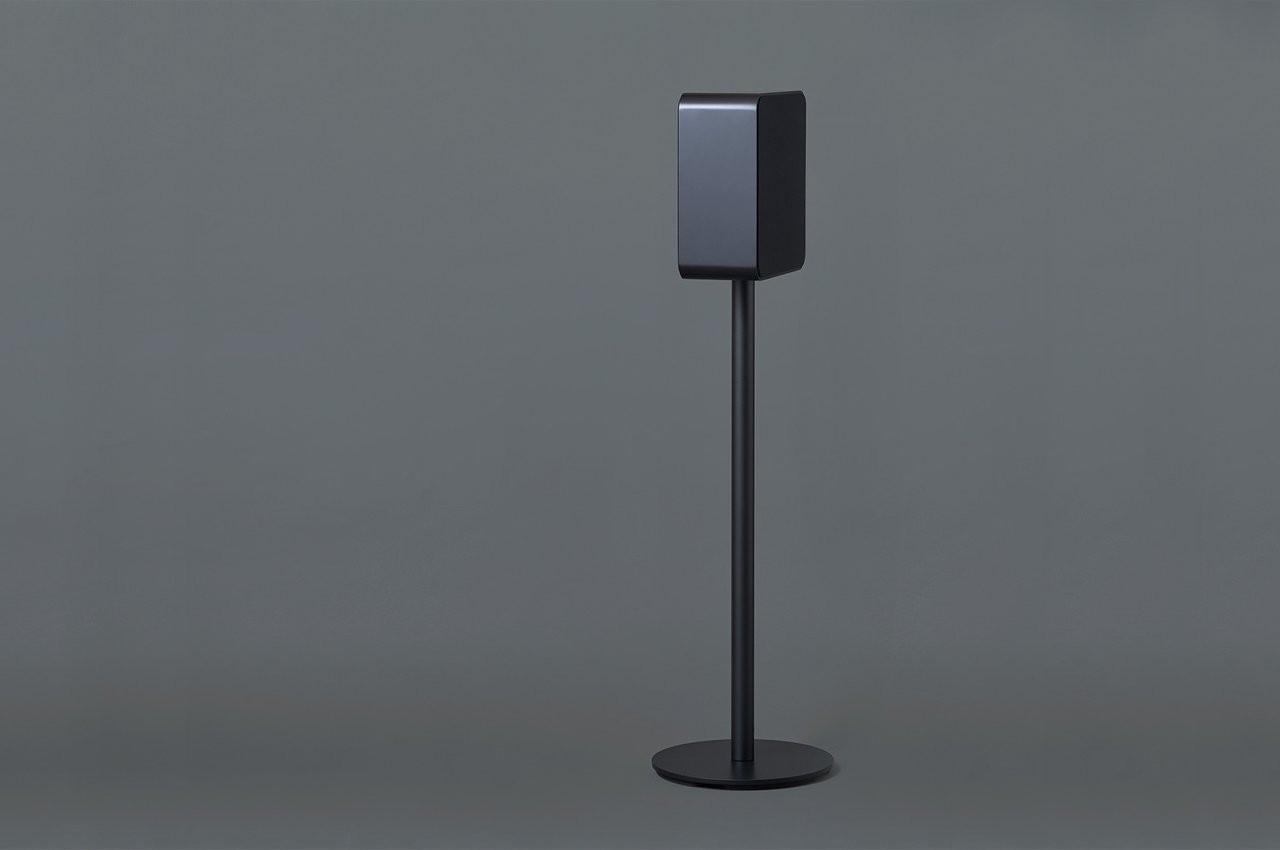
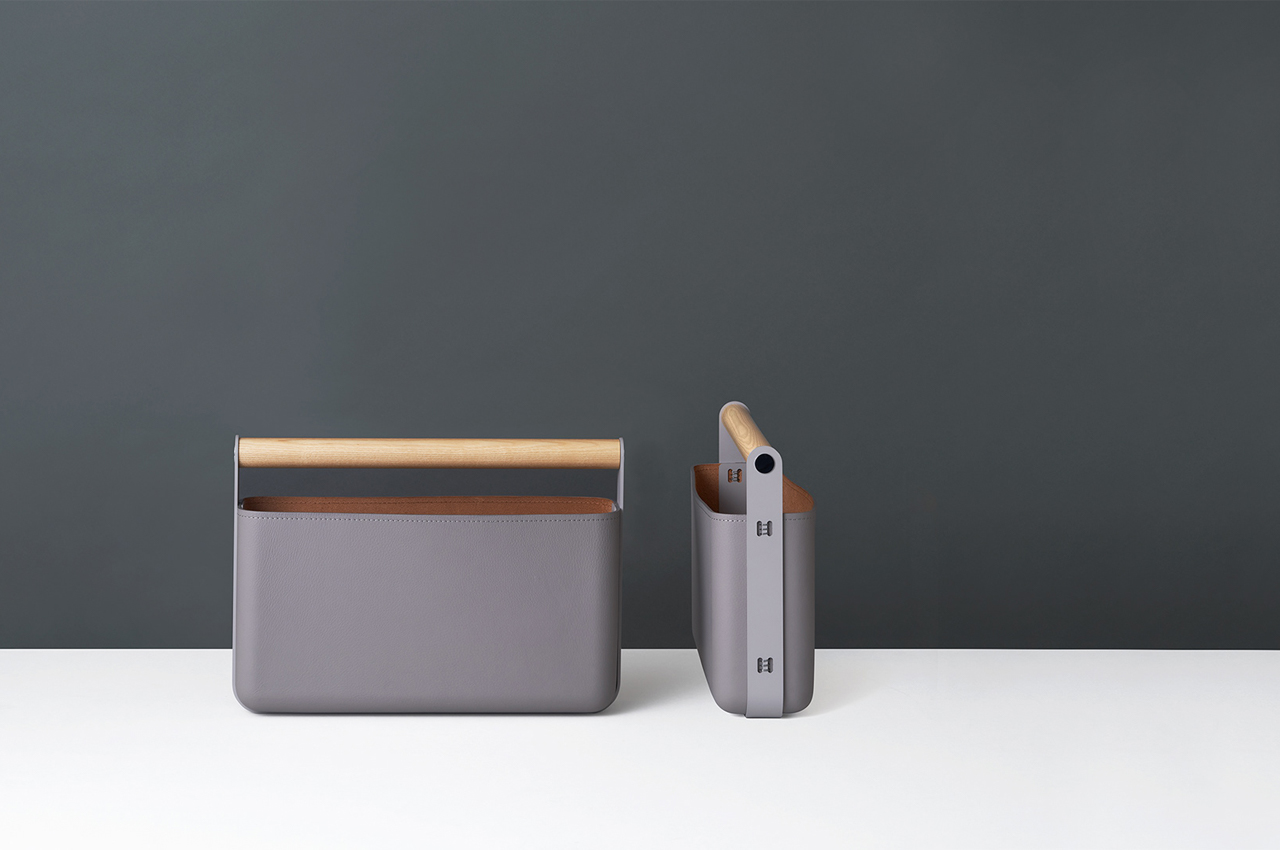
For work-on-the-go, Yahara designed a desk work bag that functions as a carrying case for all of our office supplies as well as a storage bin for the desk. Rigid by design, the desk work bag can be carried with little to no fuss and then remain in place on the desk. Finally, an extended drawer can turn any table into a working desk. Softened with a leather top, the extended drawer reveals an additional storage bin for office supplies.
Designer: Taku Yahara
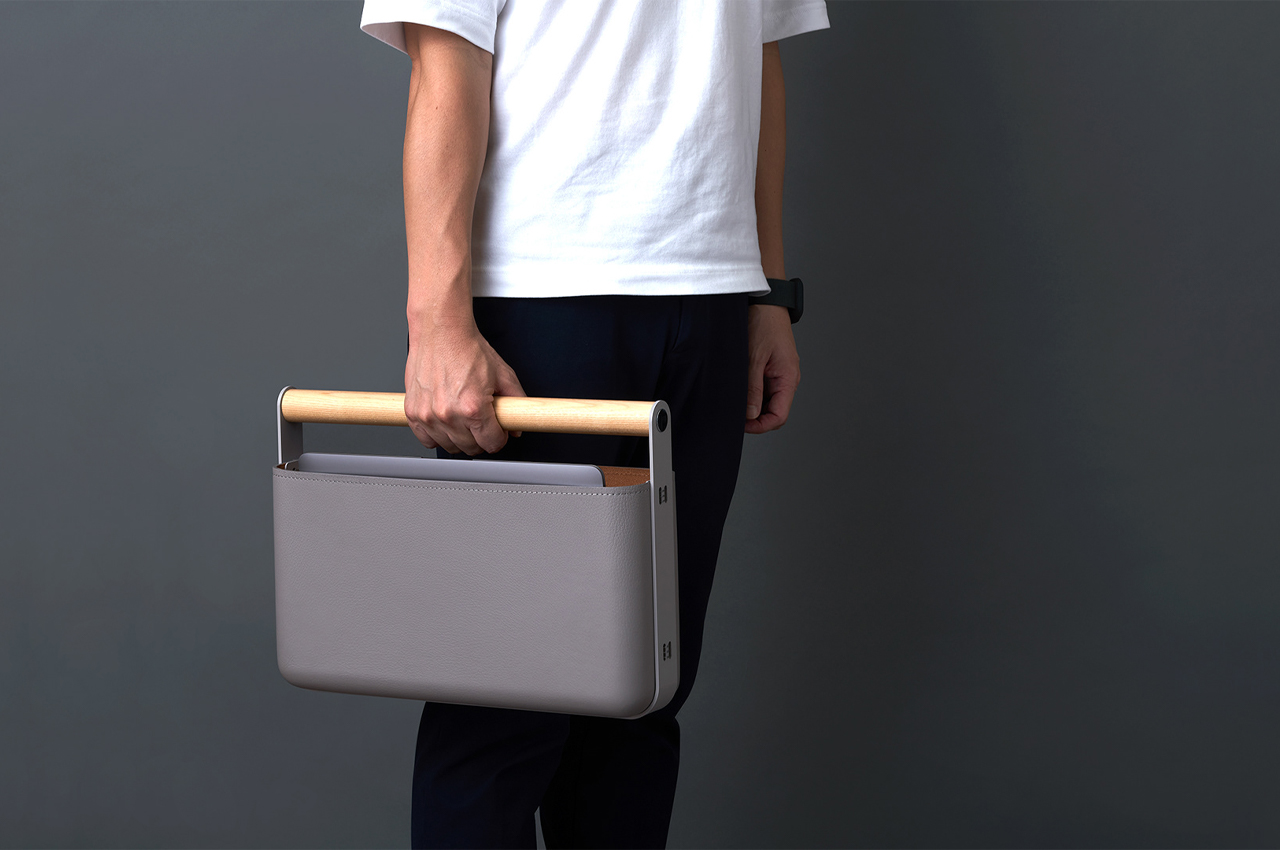
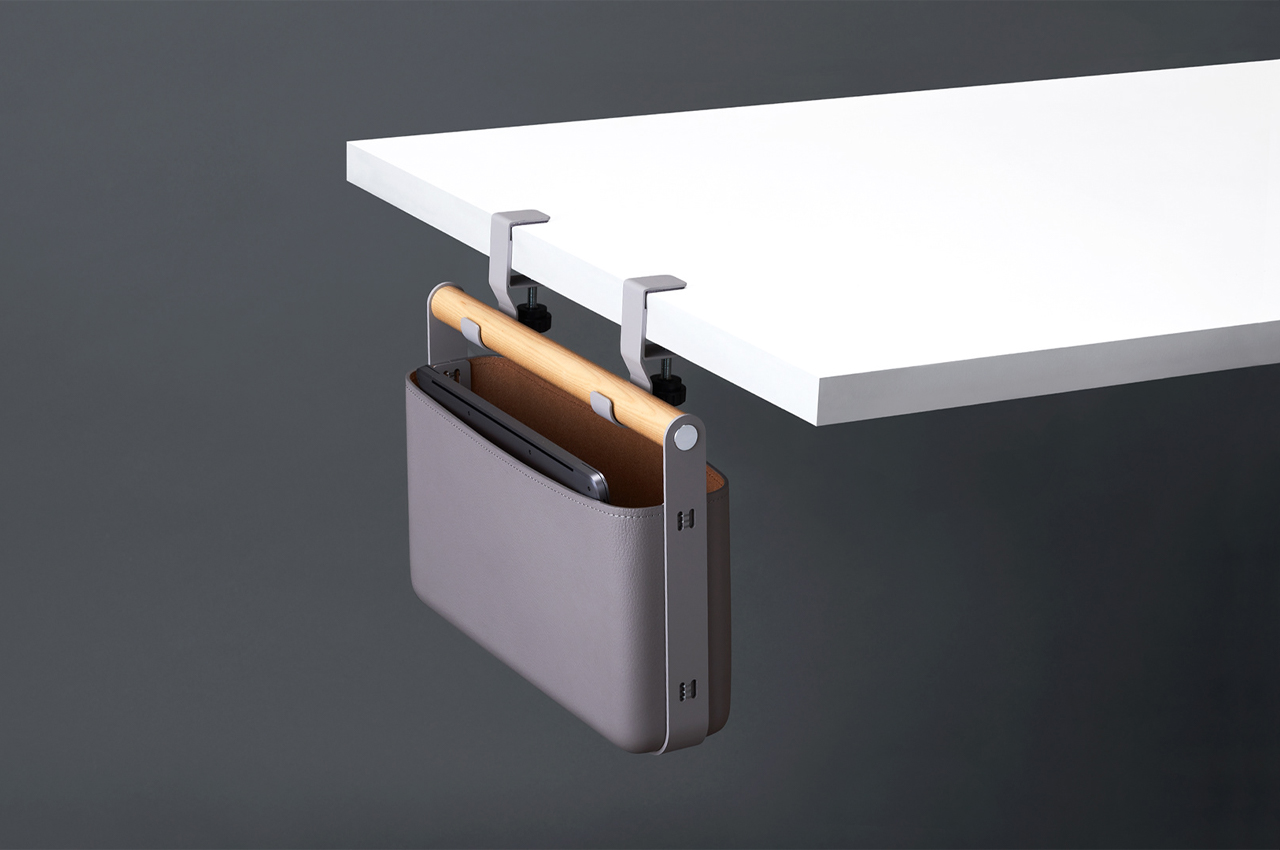
The desk work bag can remain in place on top of the actual desk or hang from a table edge with accessory hooks.
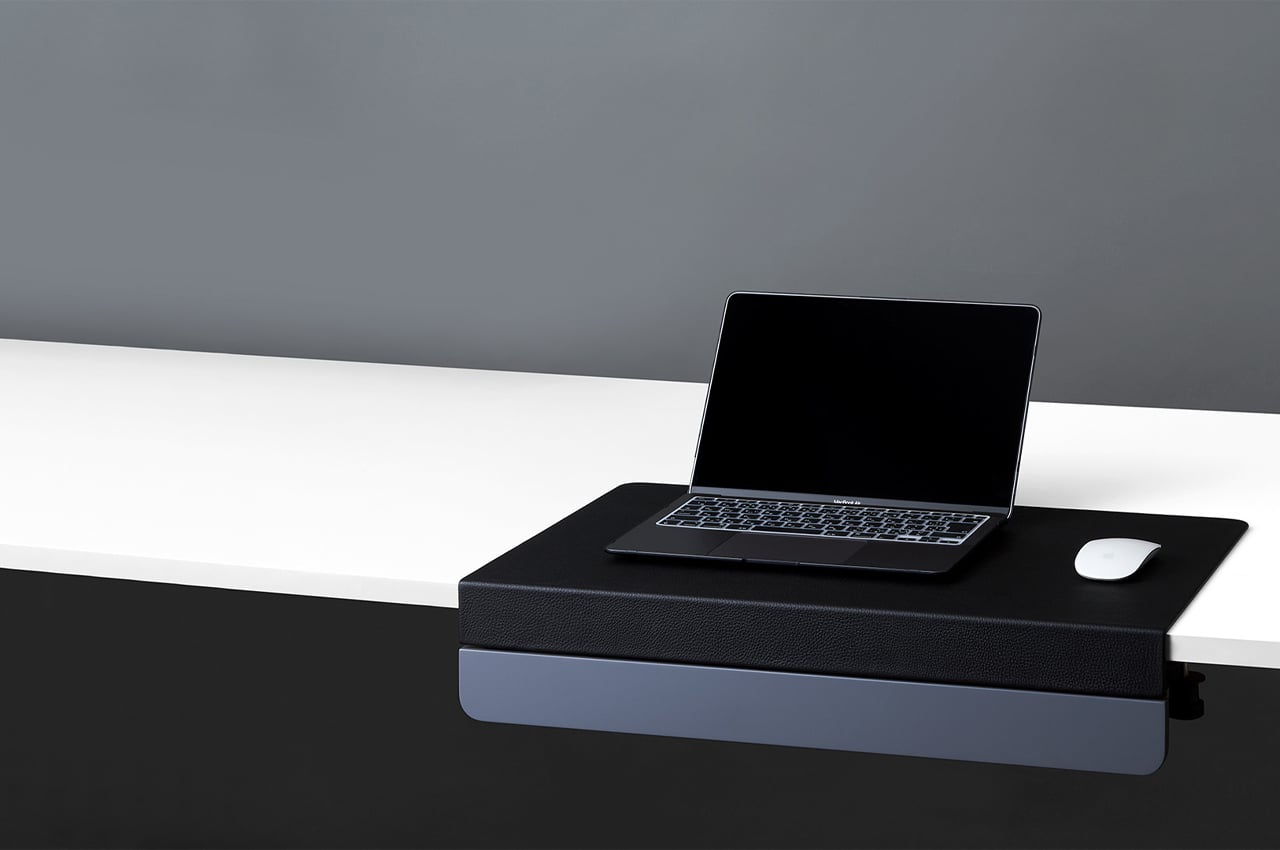
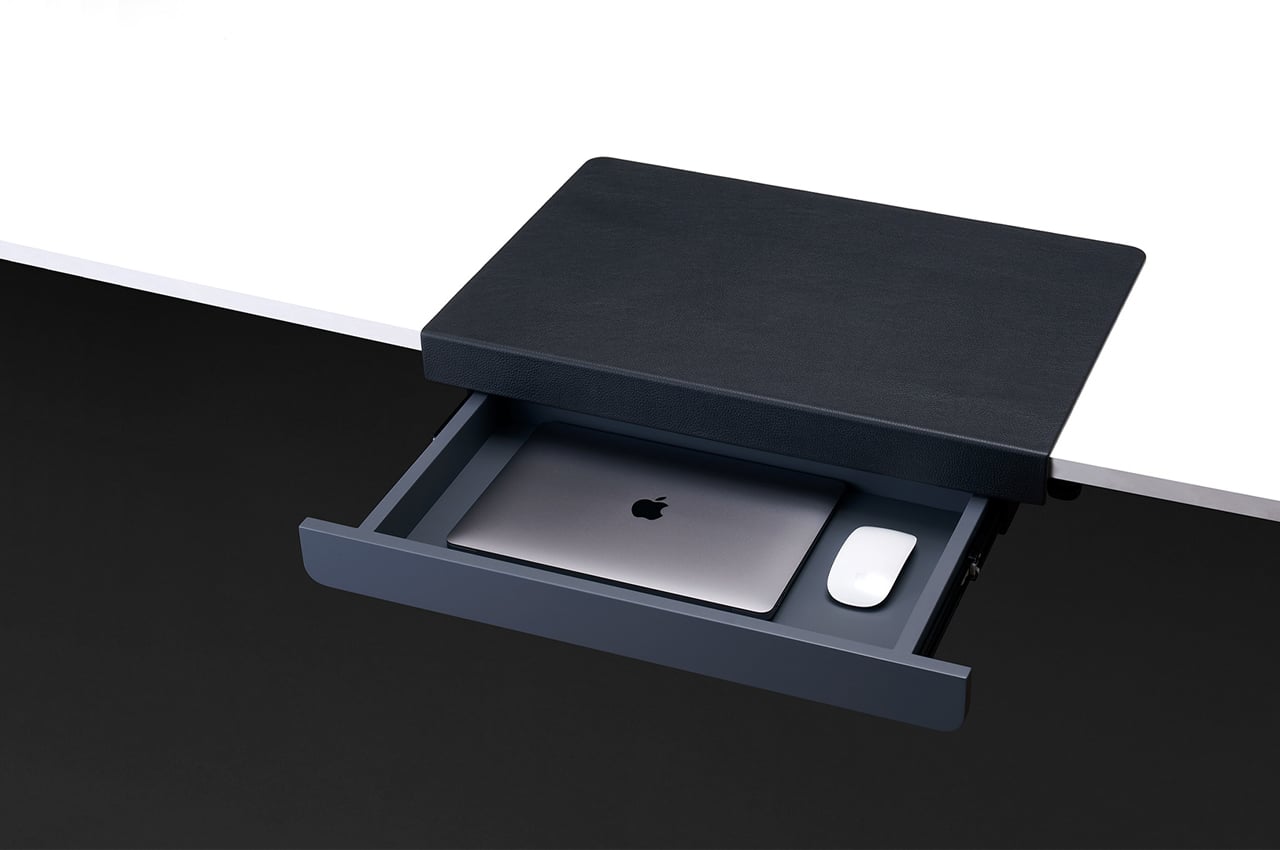
With an integrated secret drawer, the extended desk functions as a working space and storage basin.
The post Every one of these WFH furniture pieces includes a secret feature to keep your work and life separate first appeared on Yanko Design.
